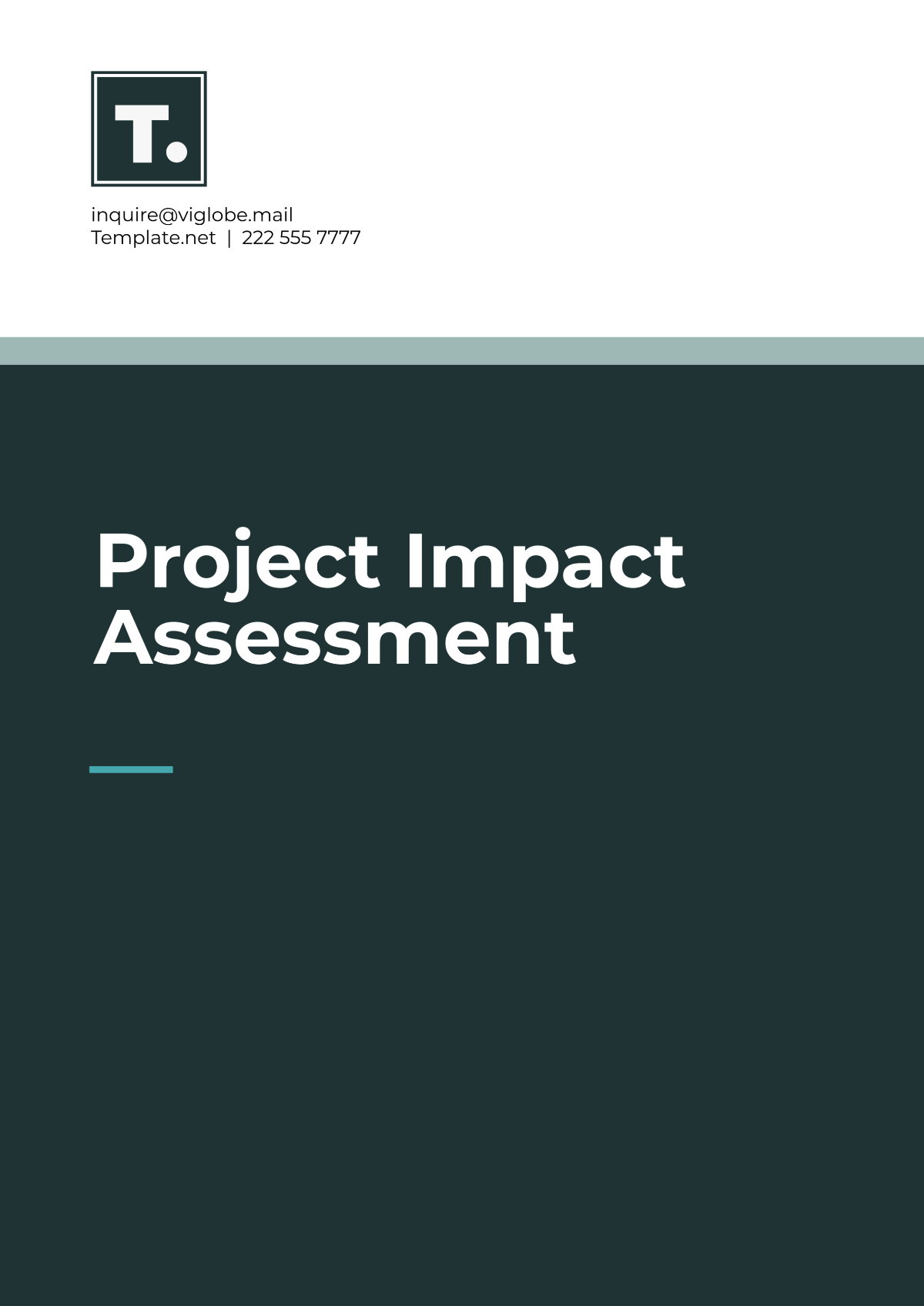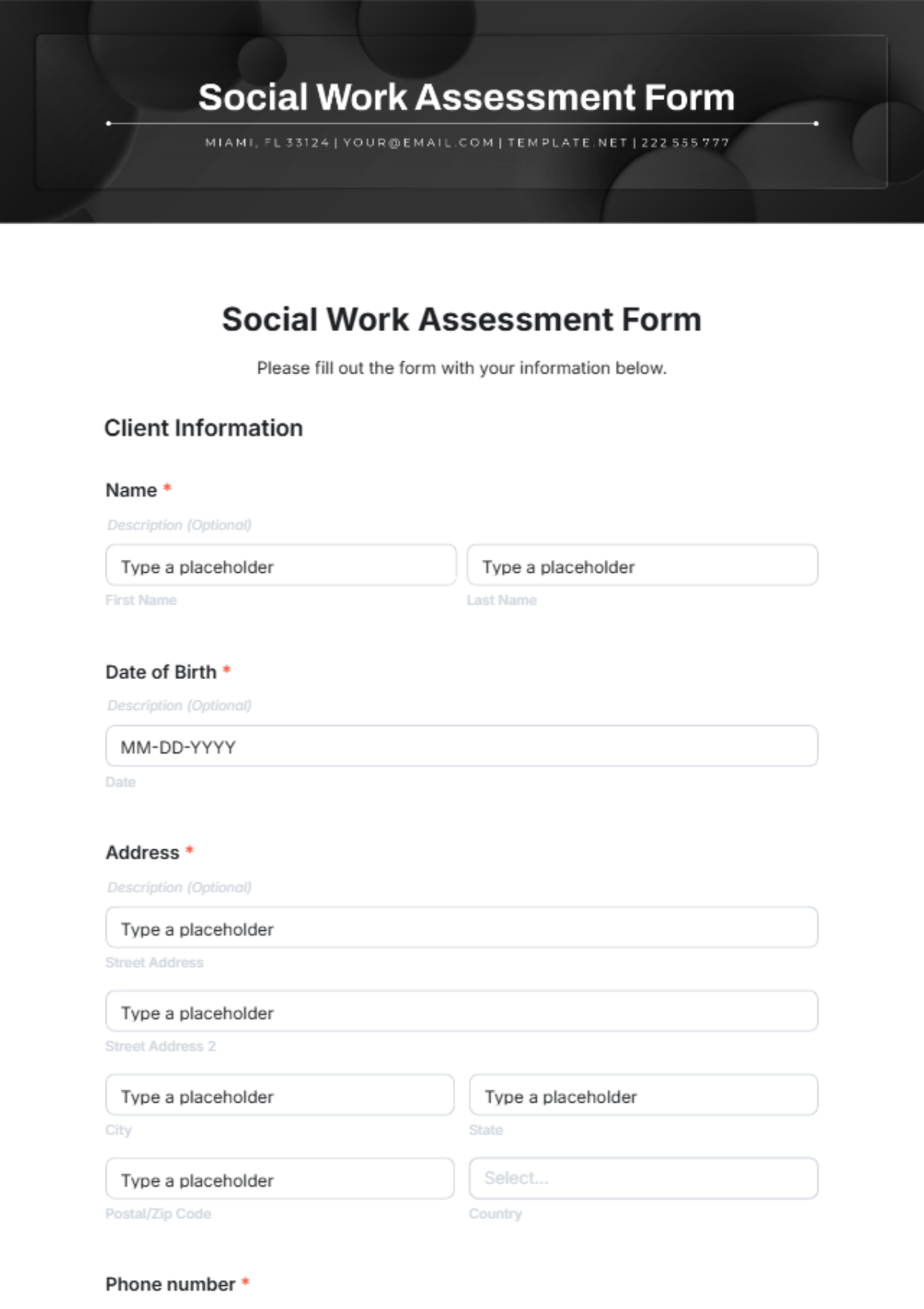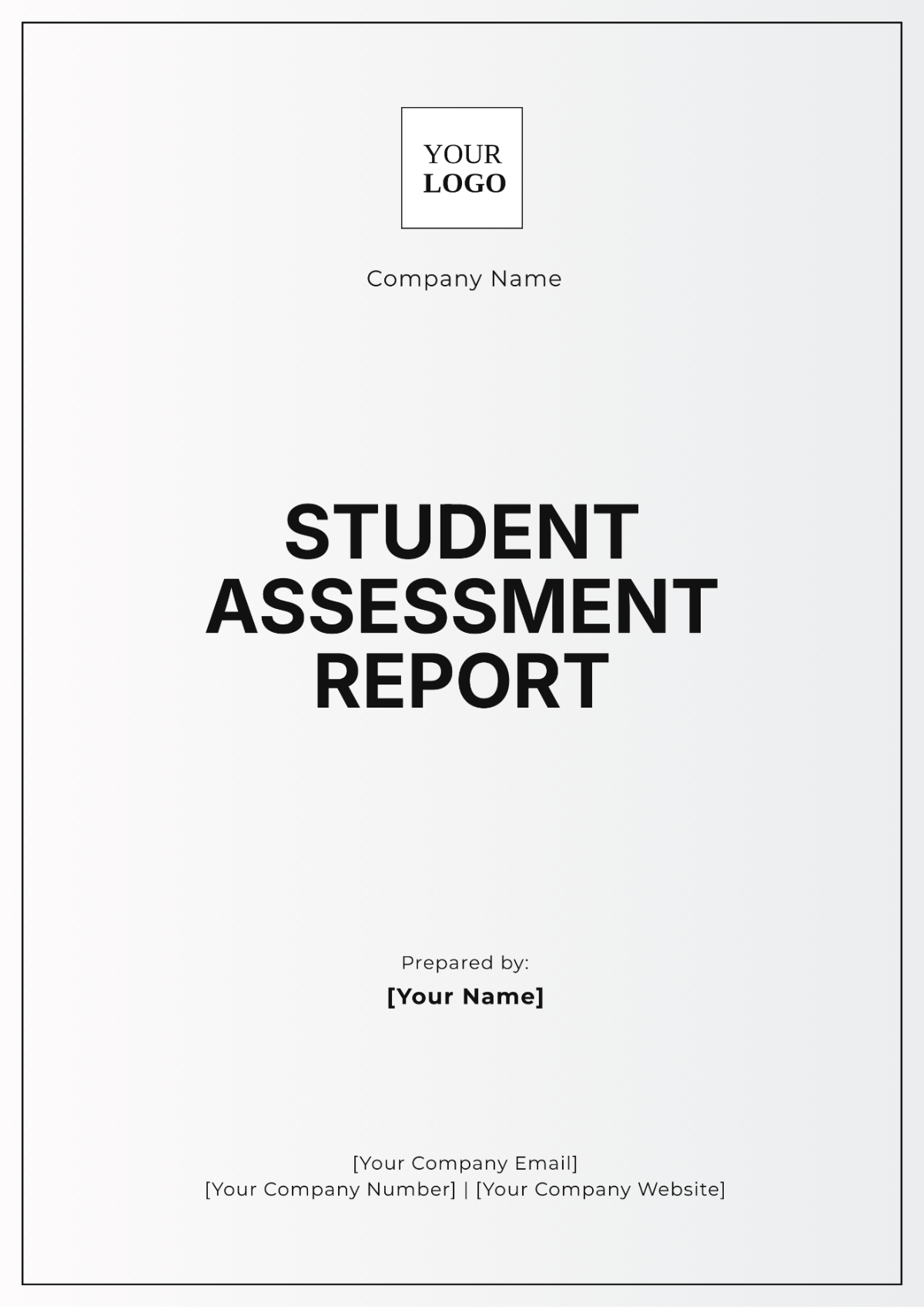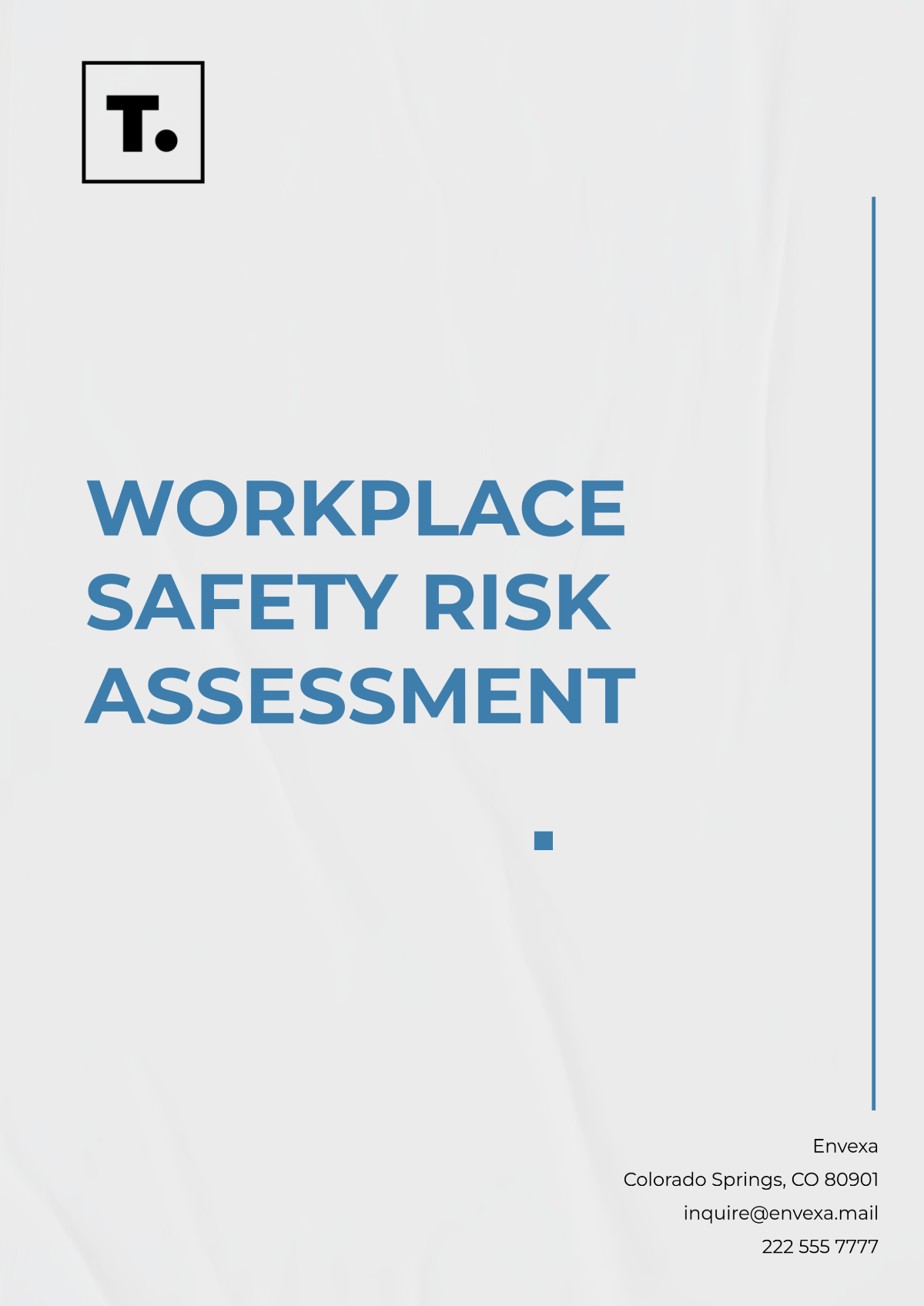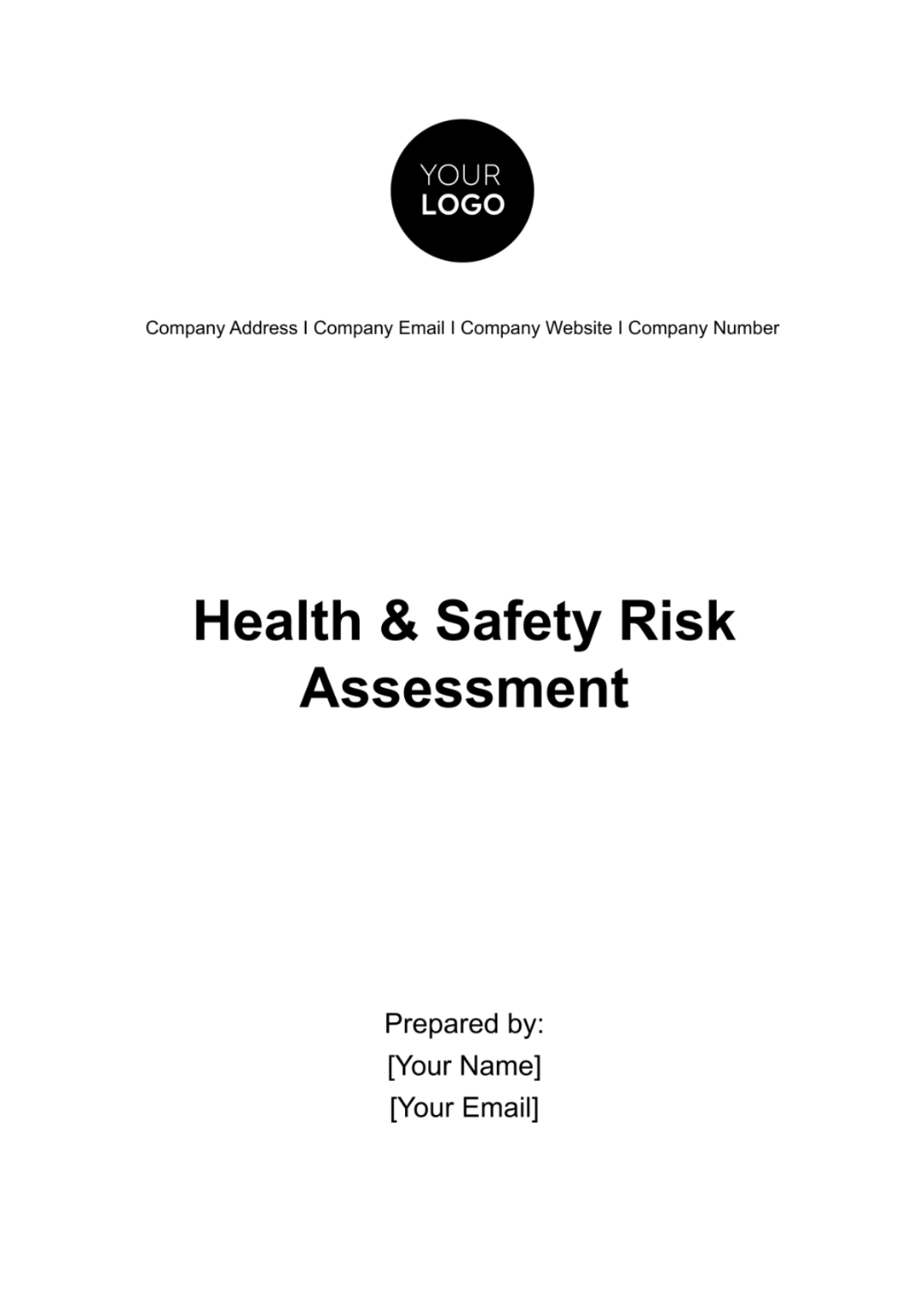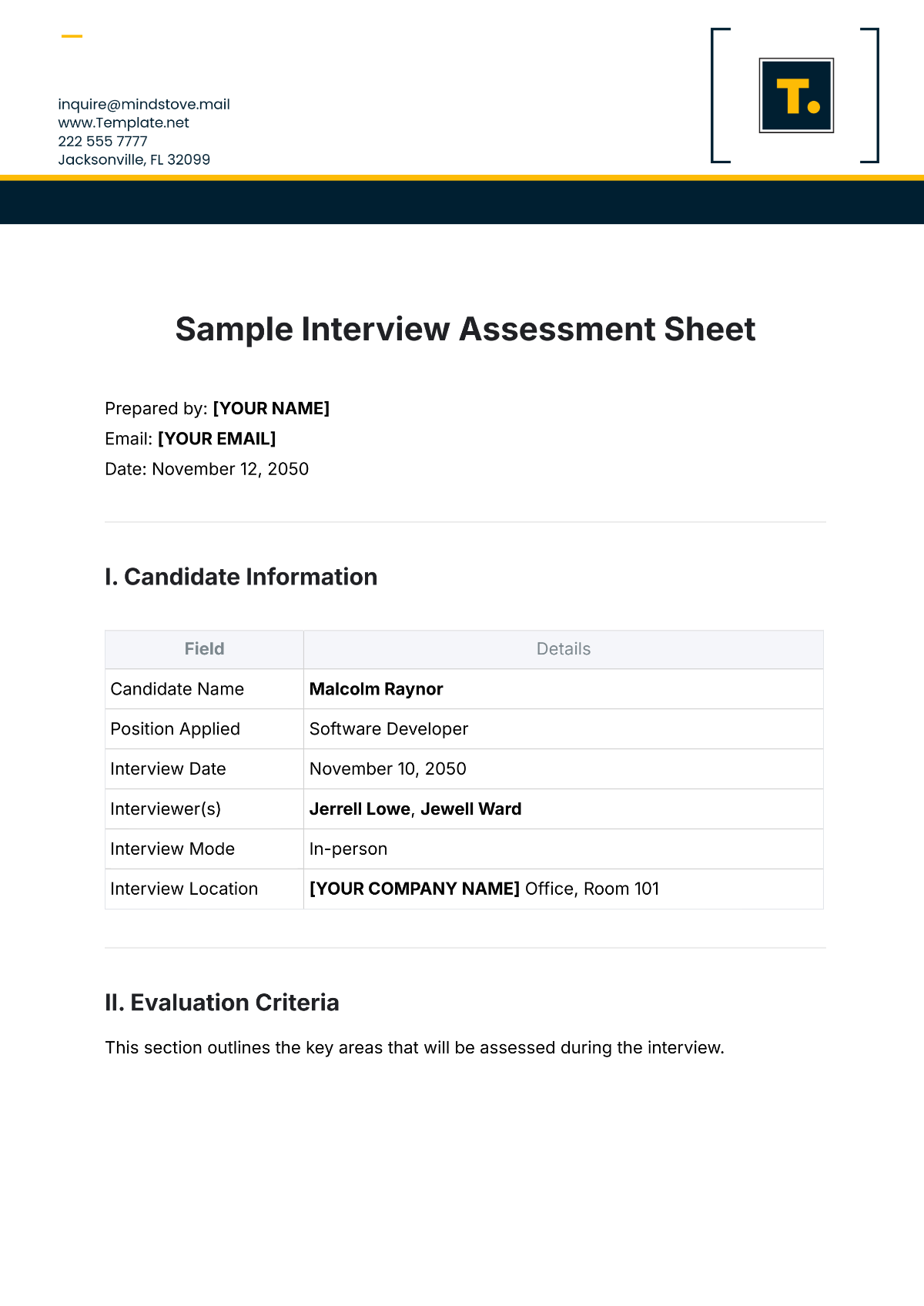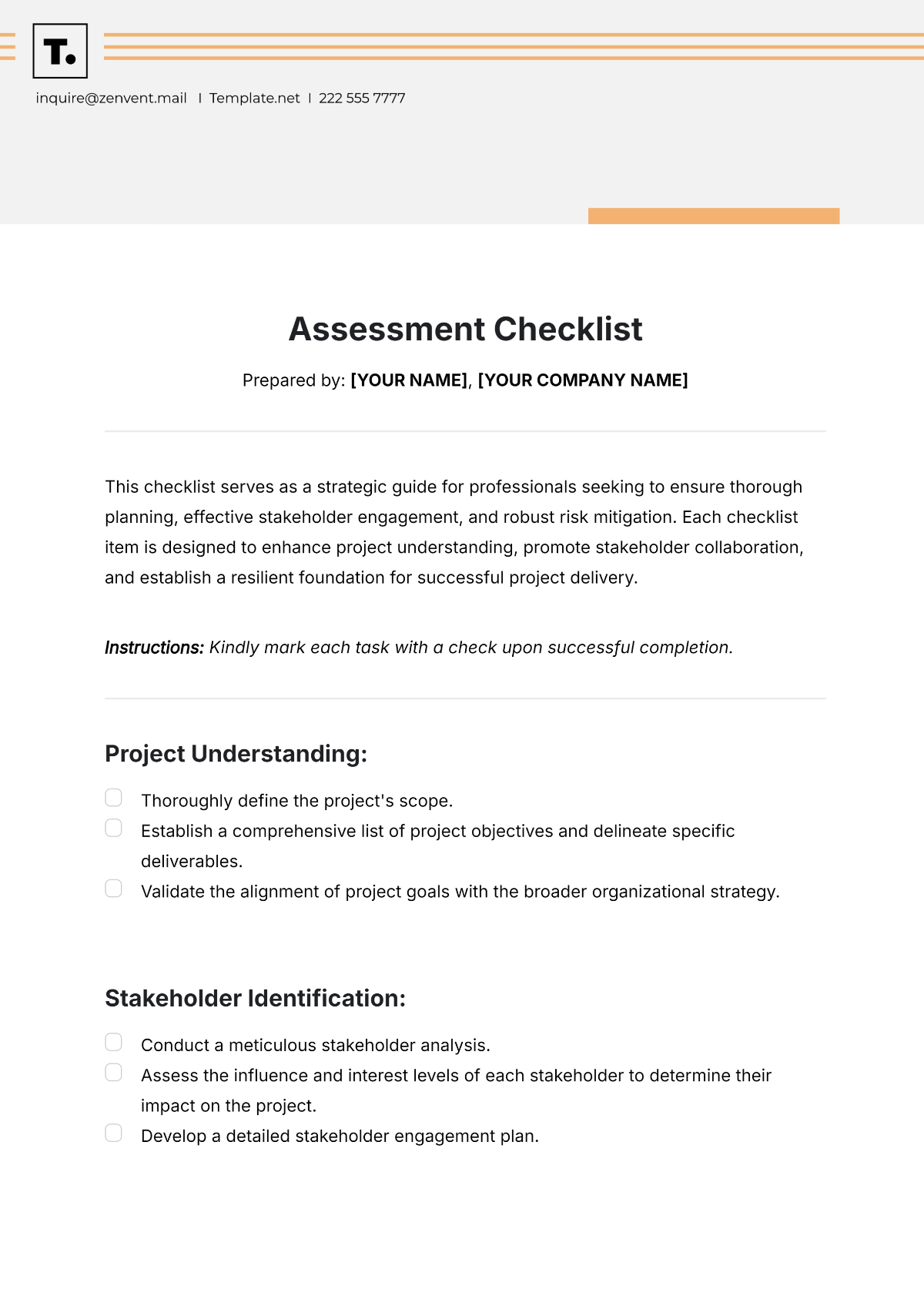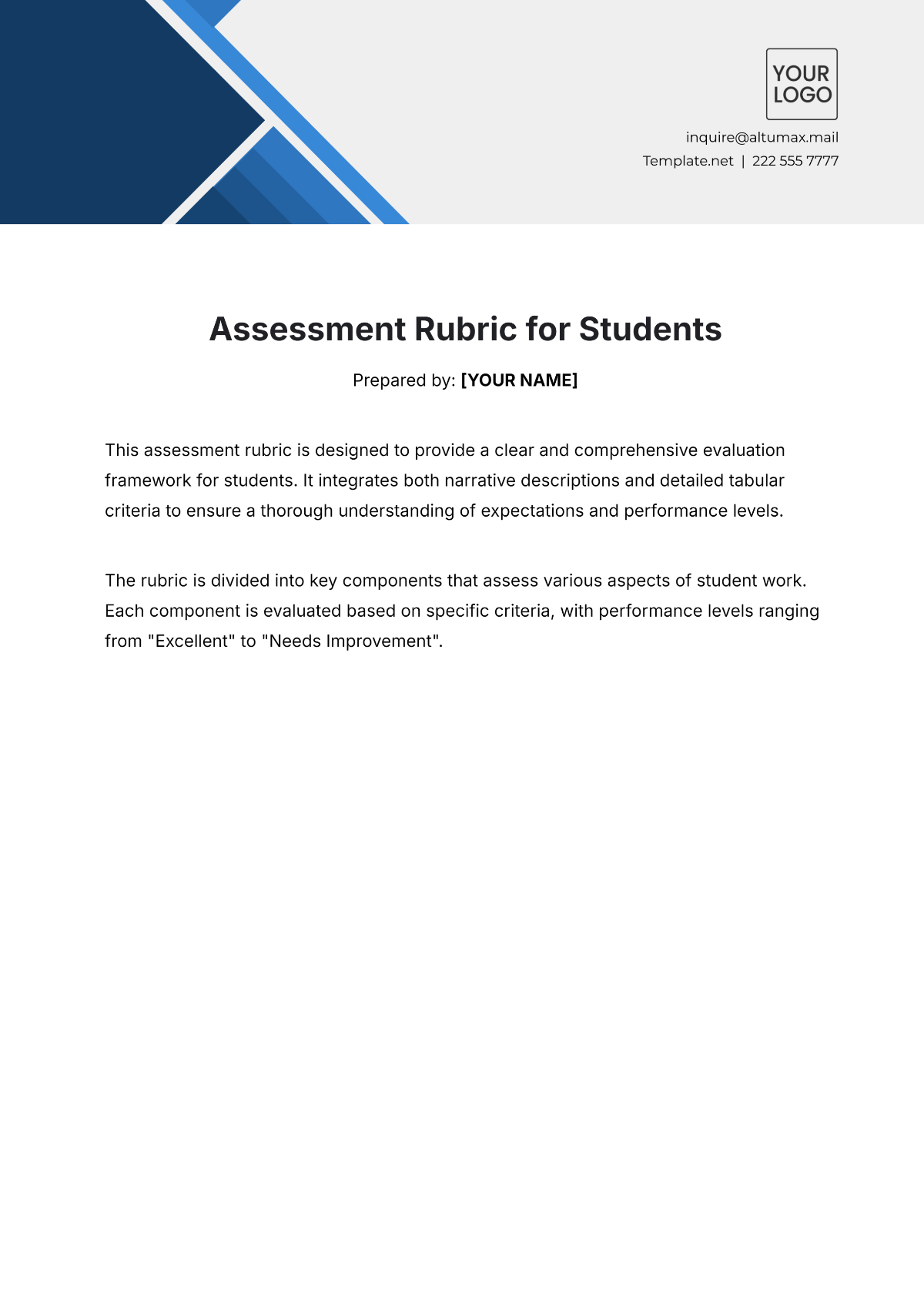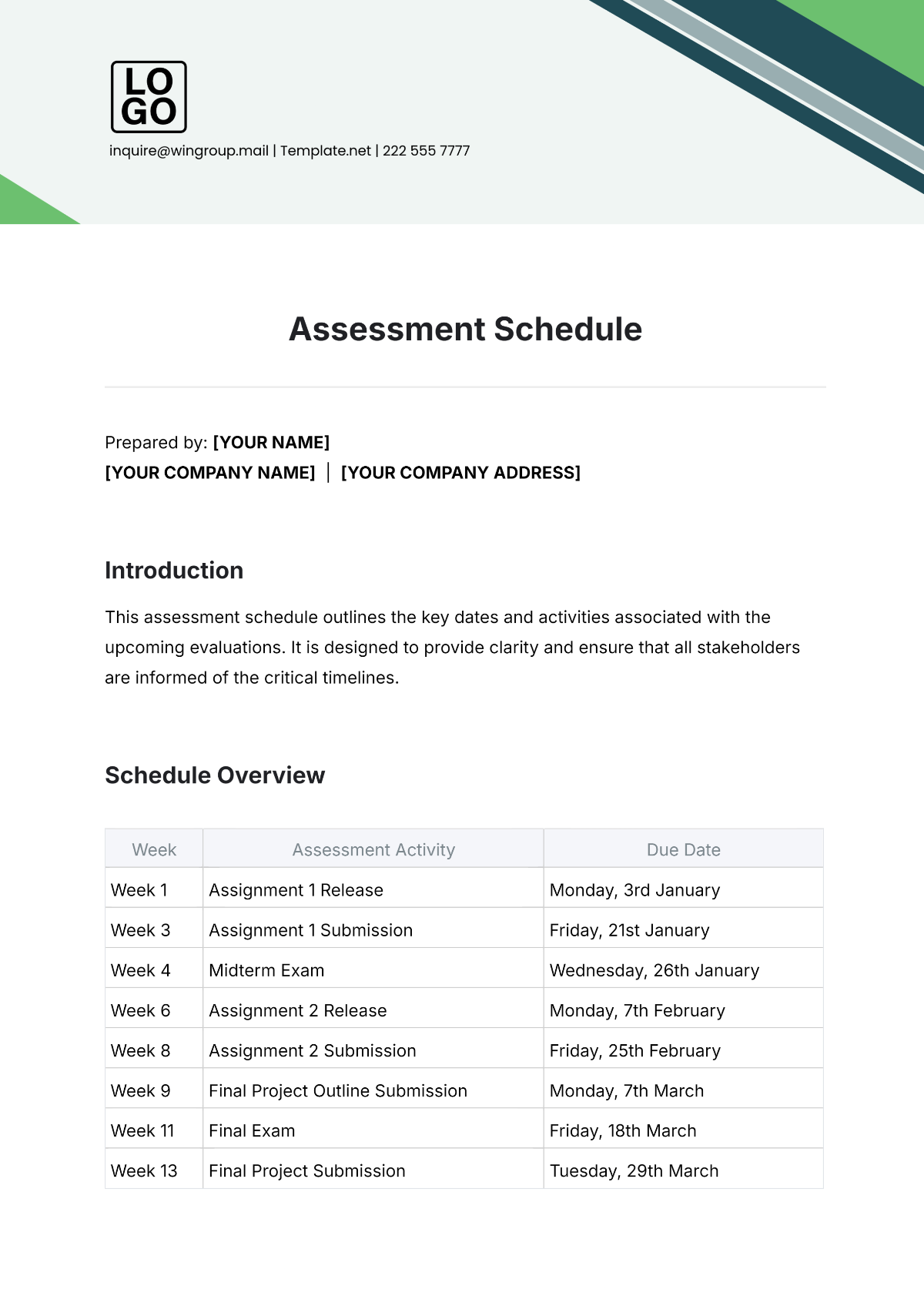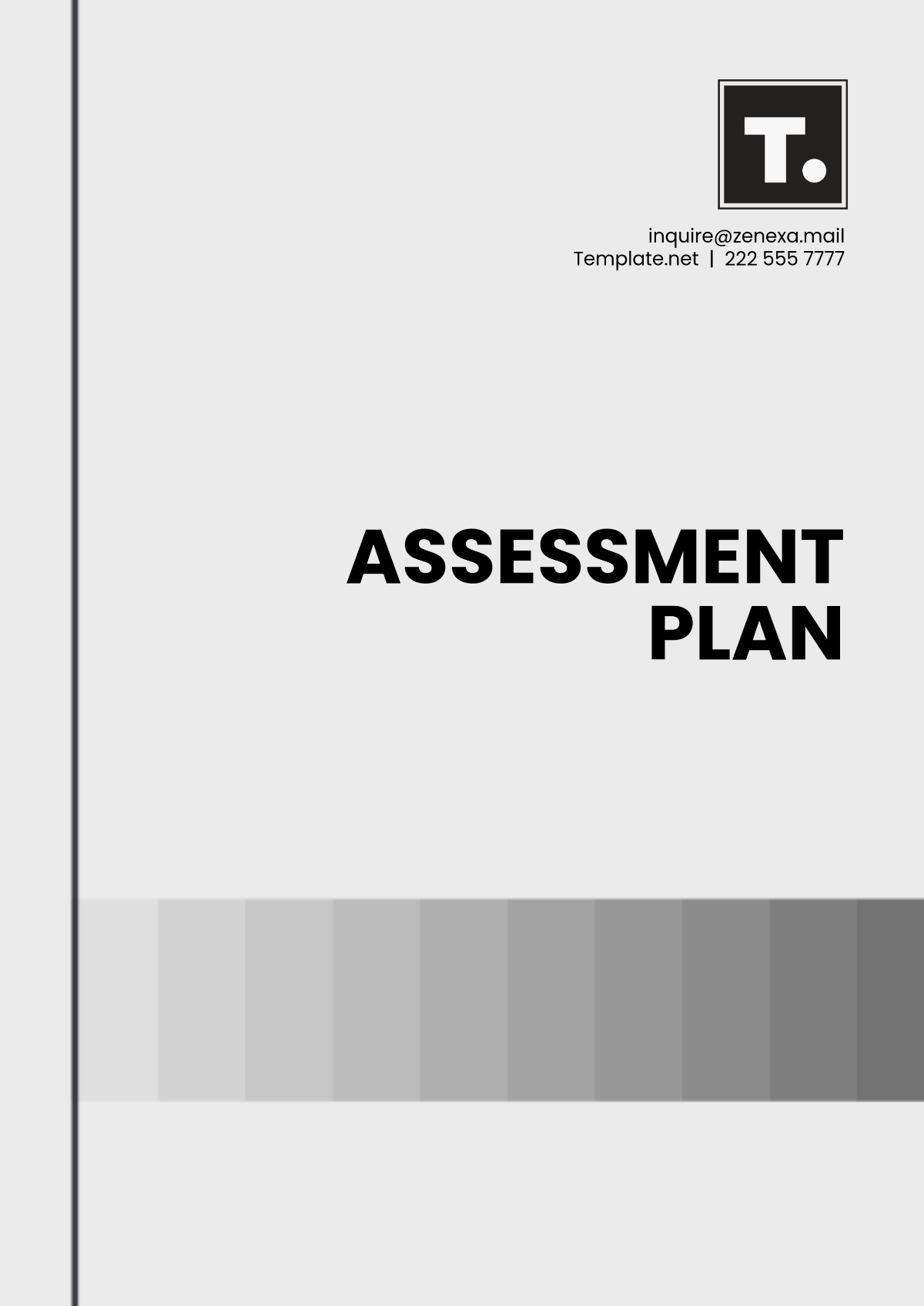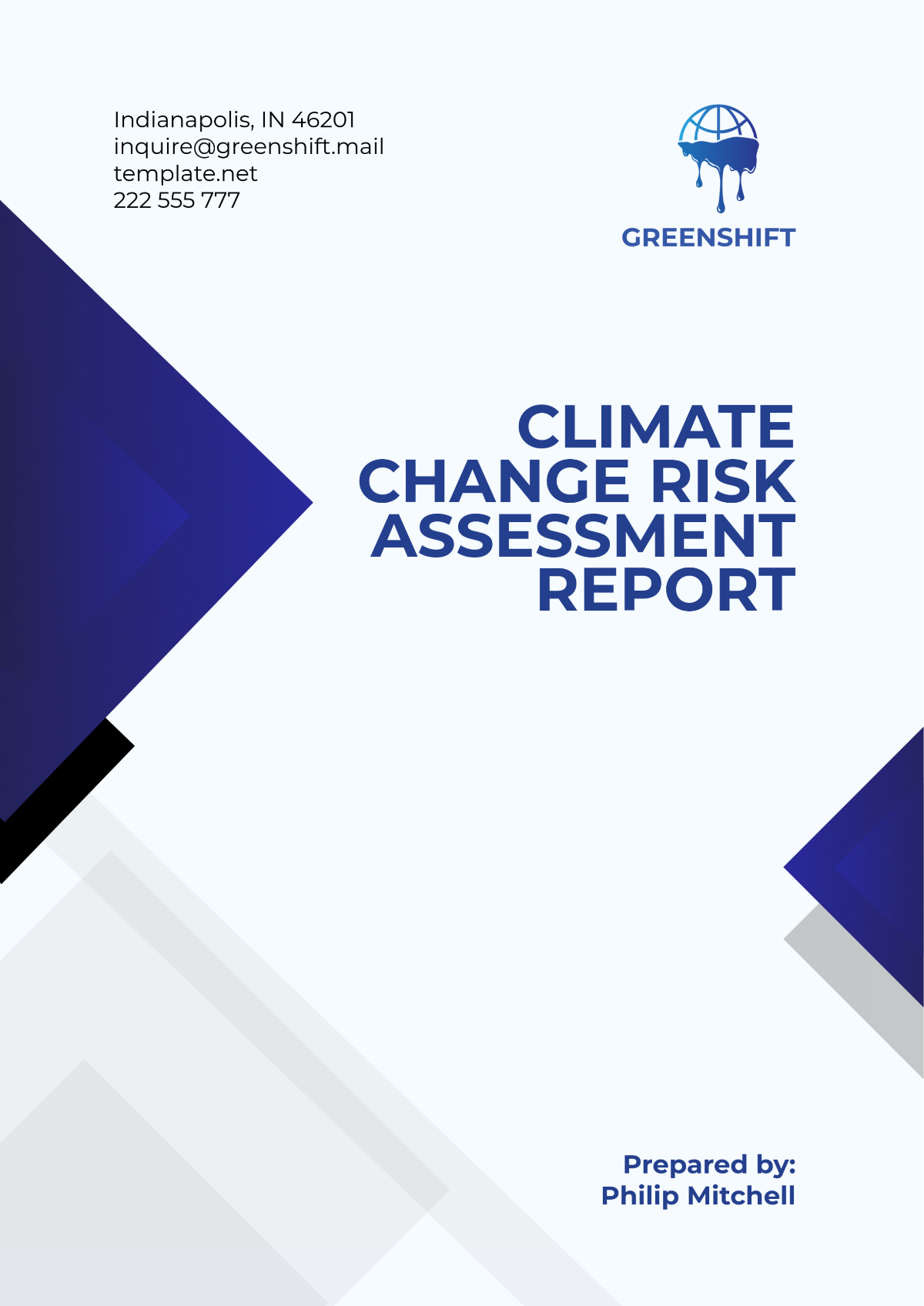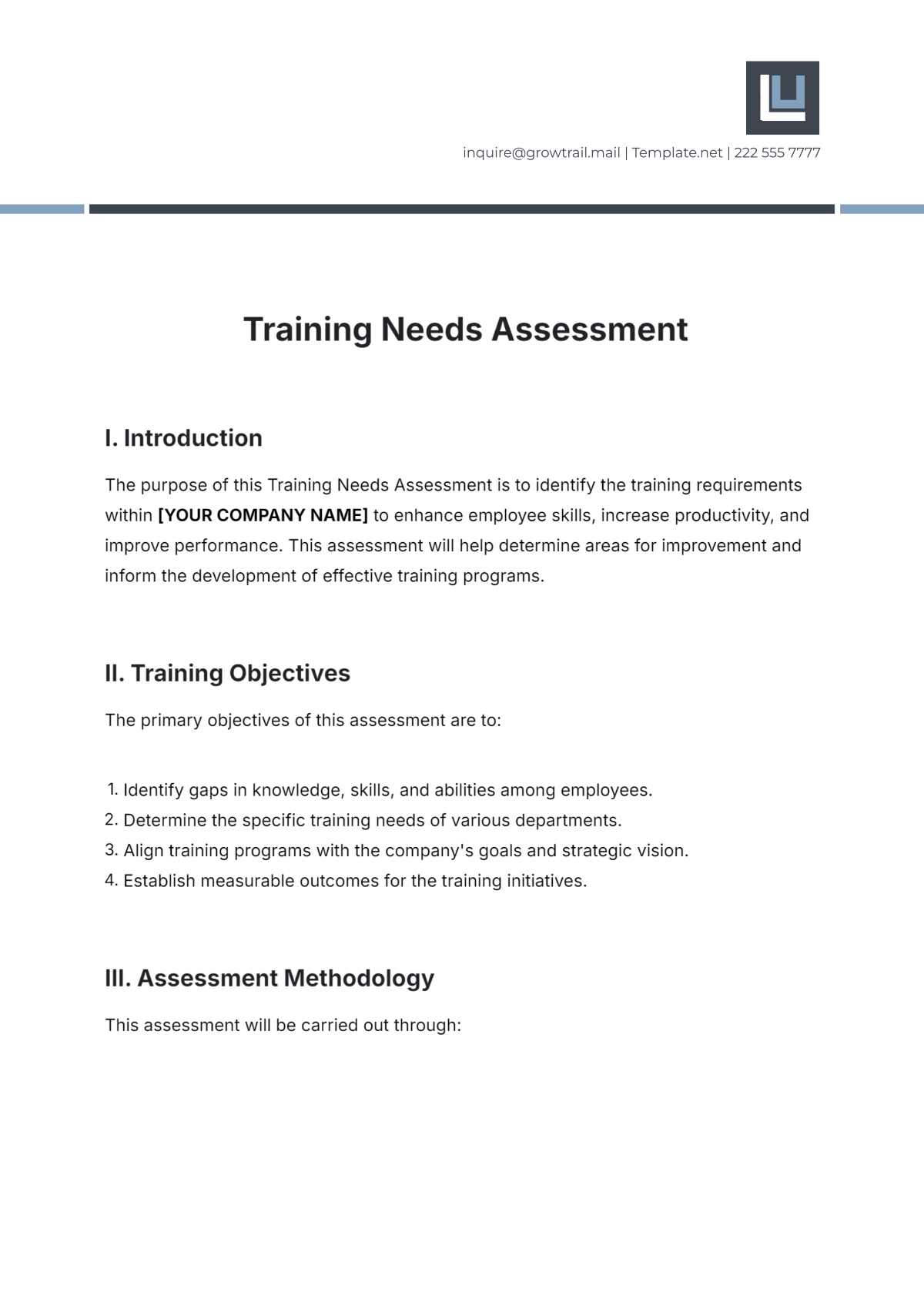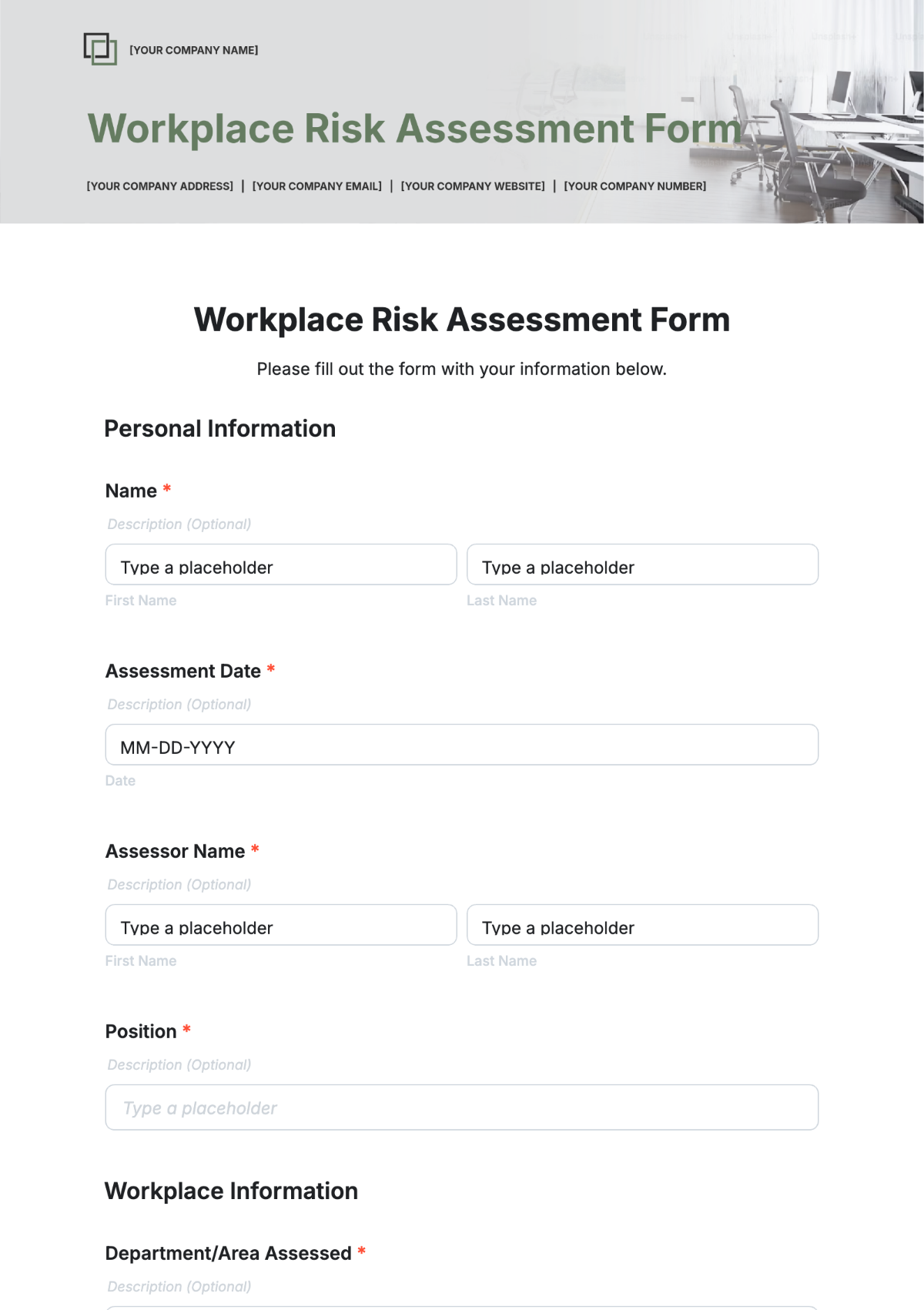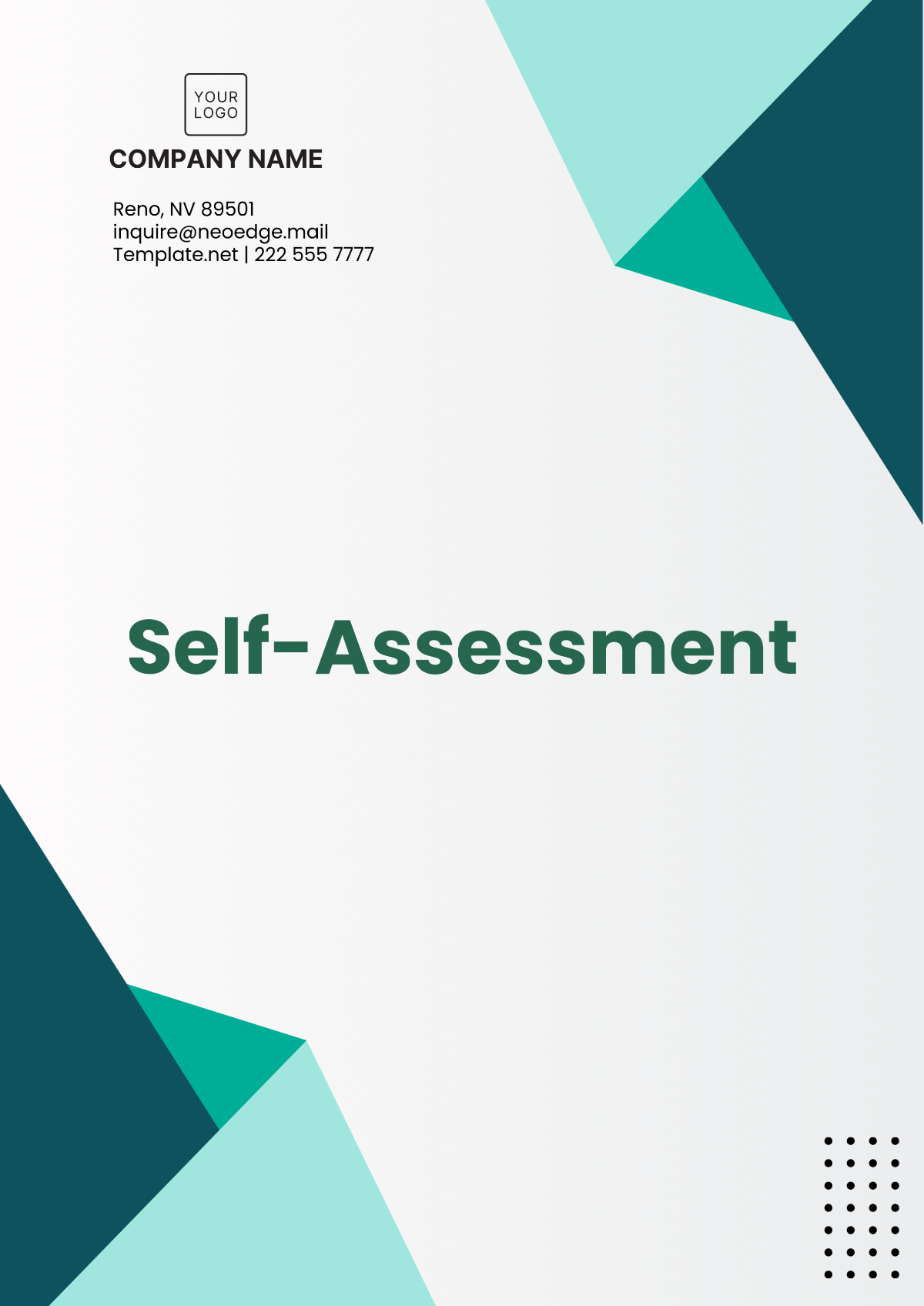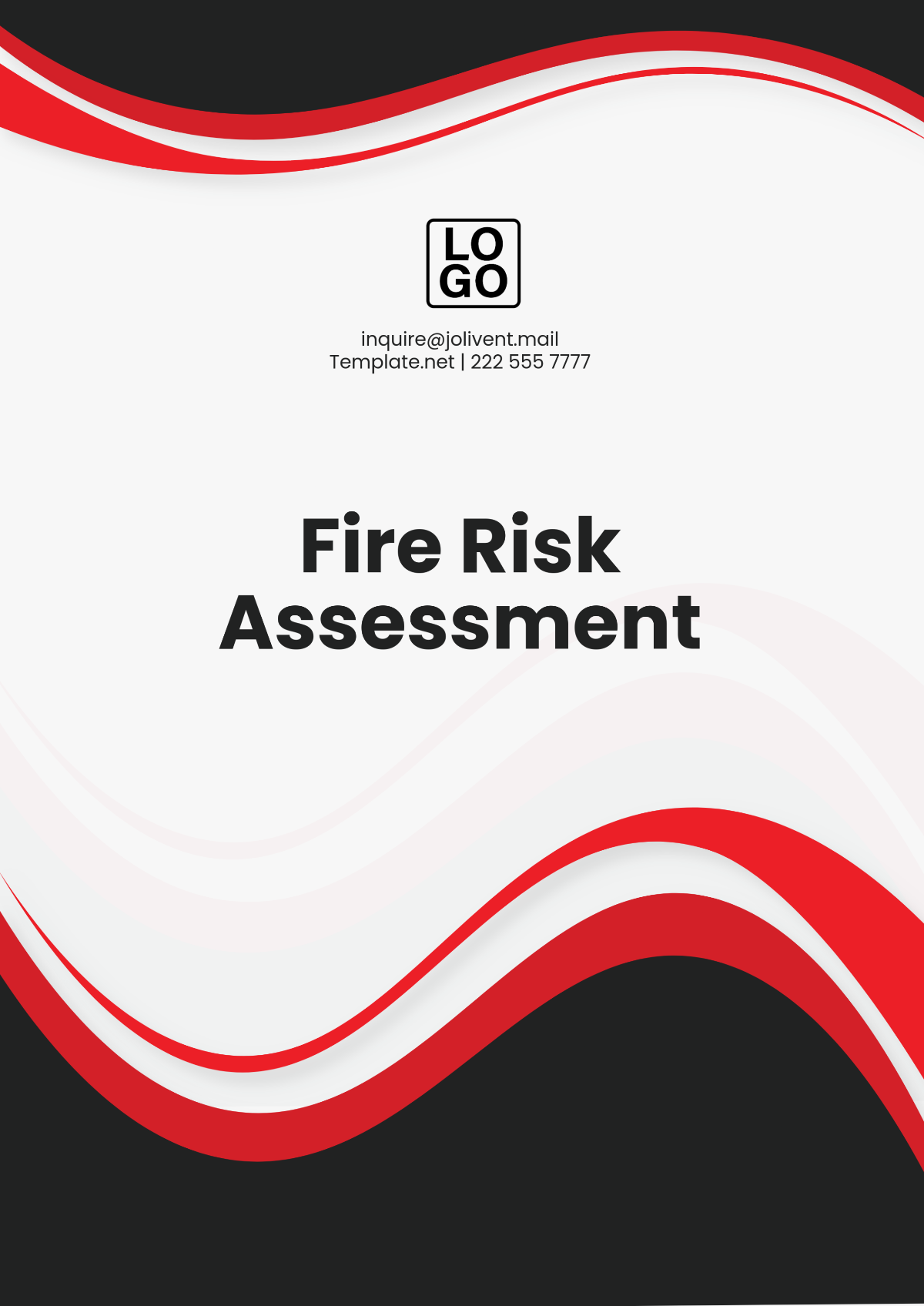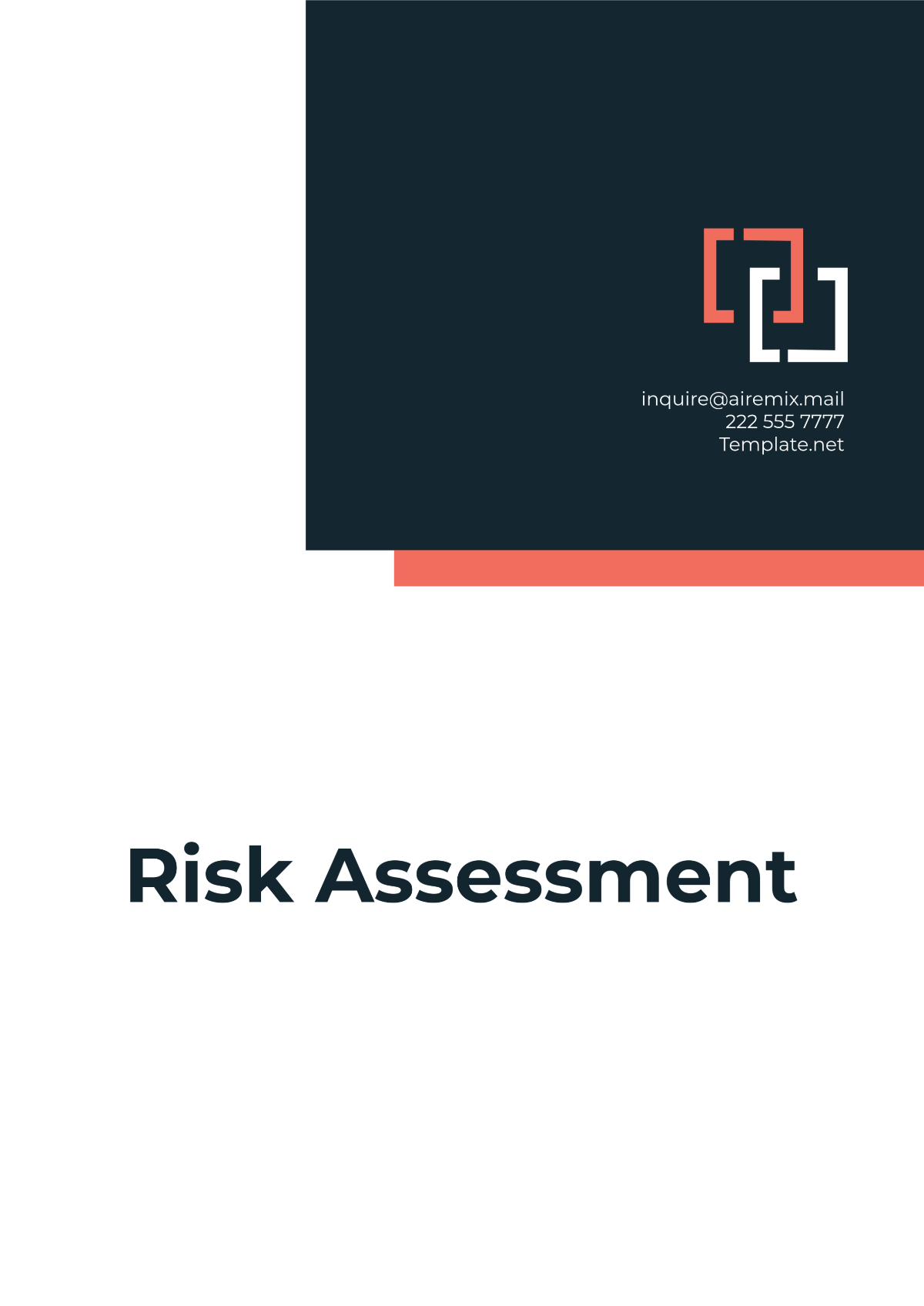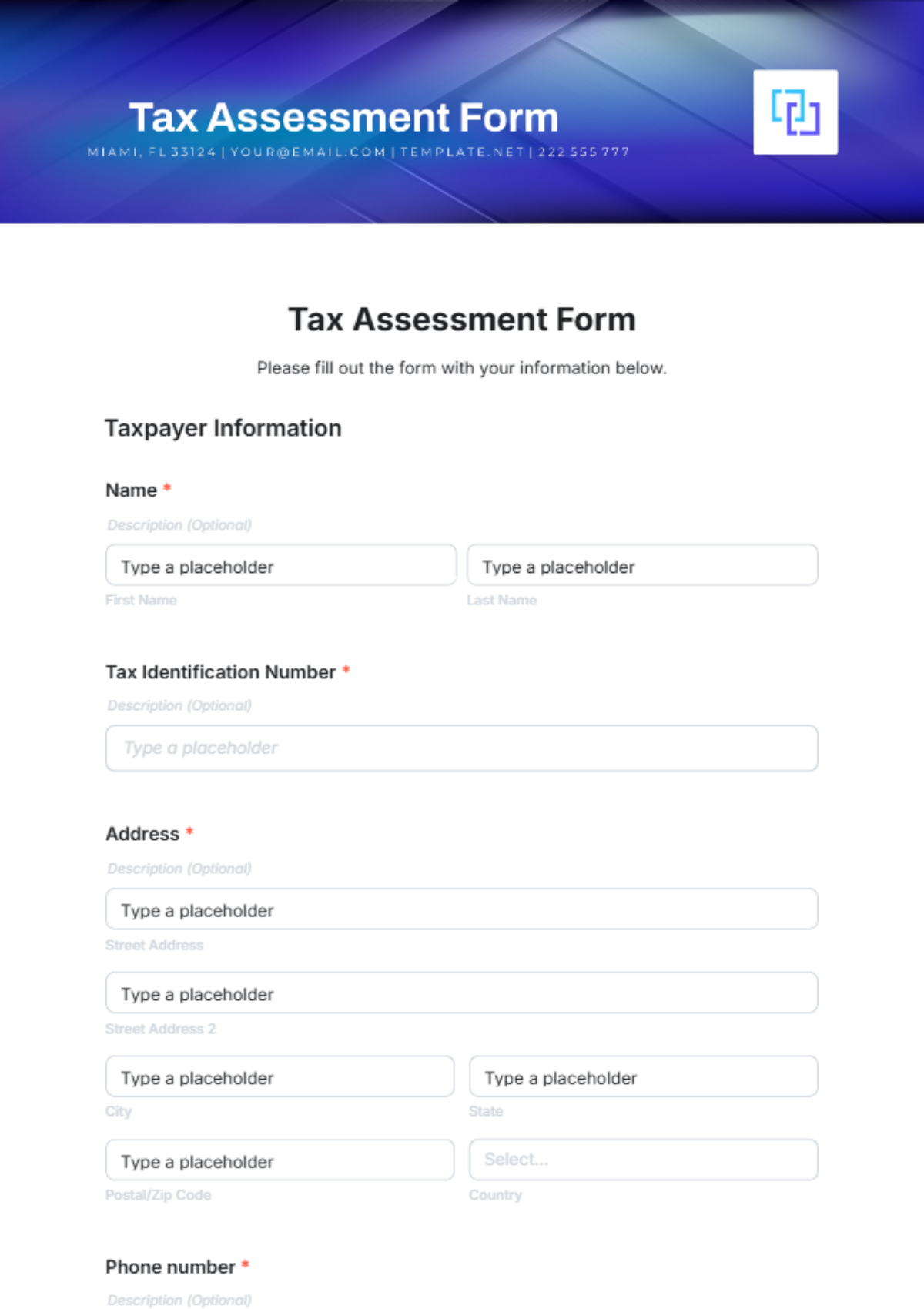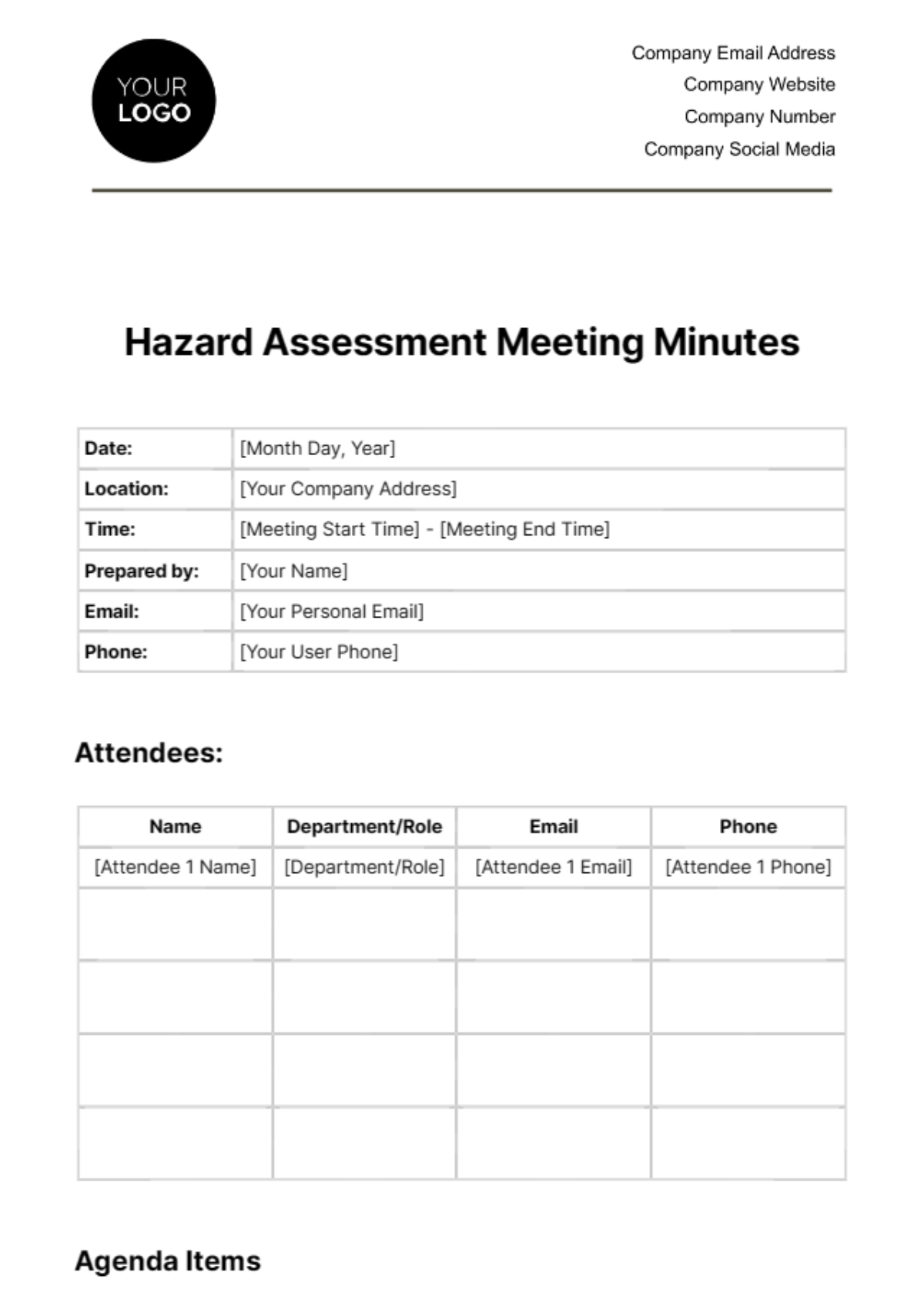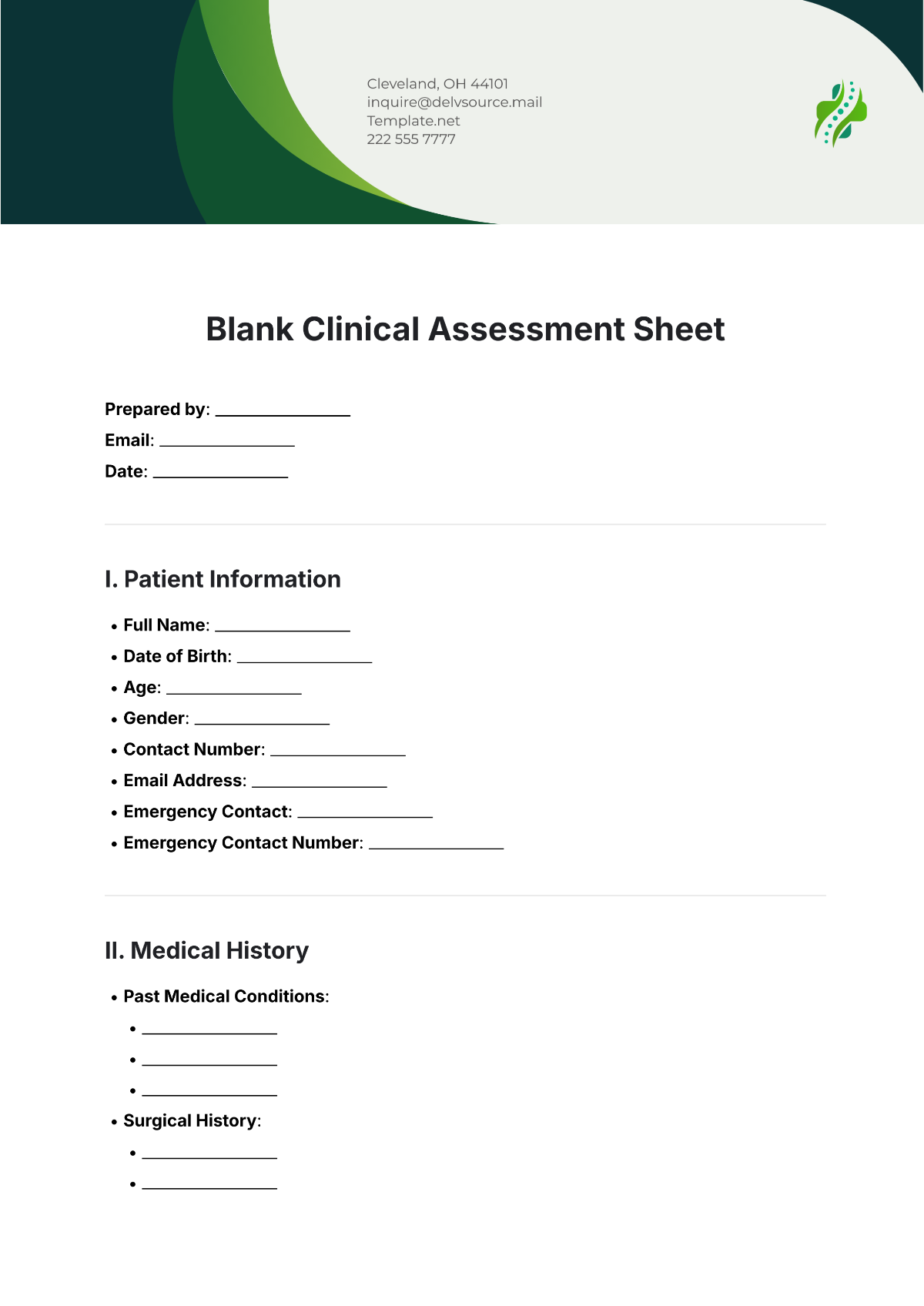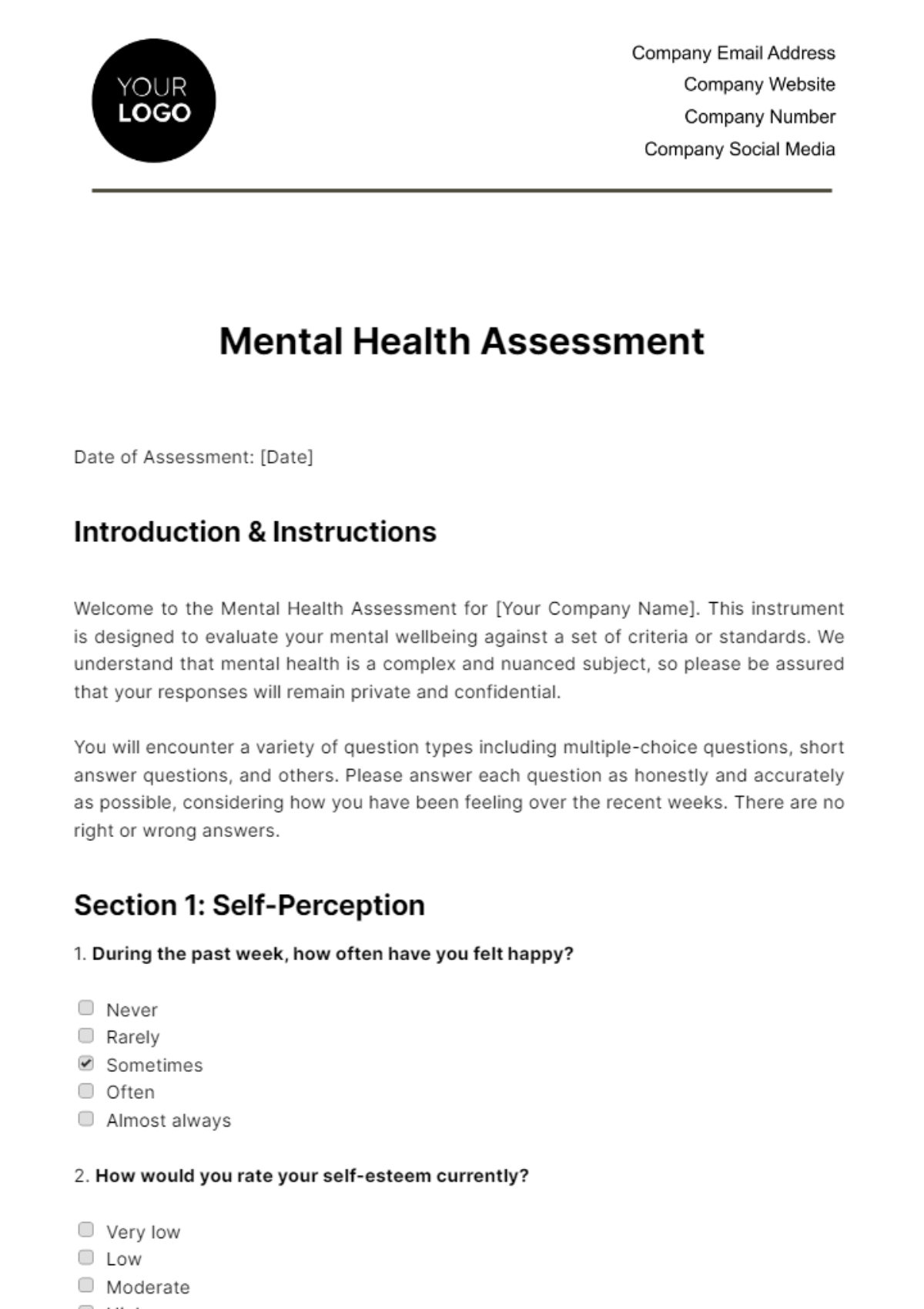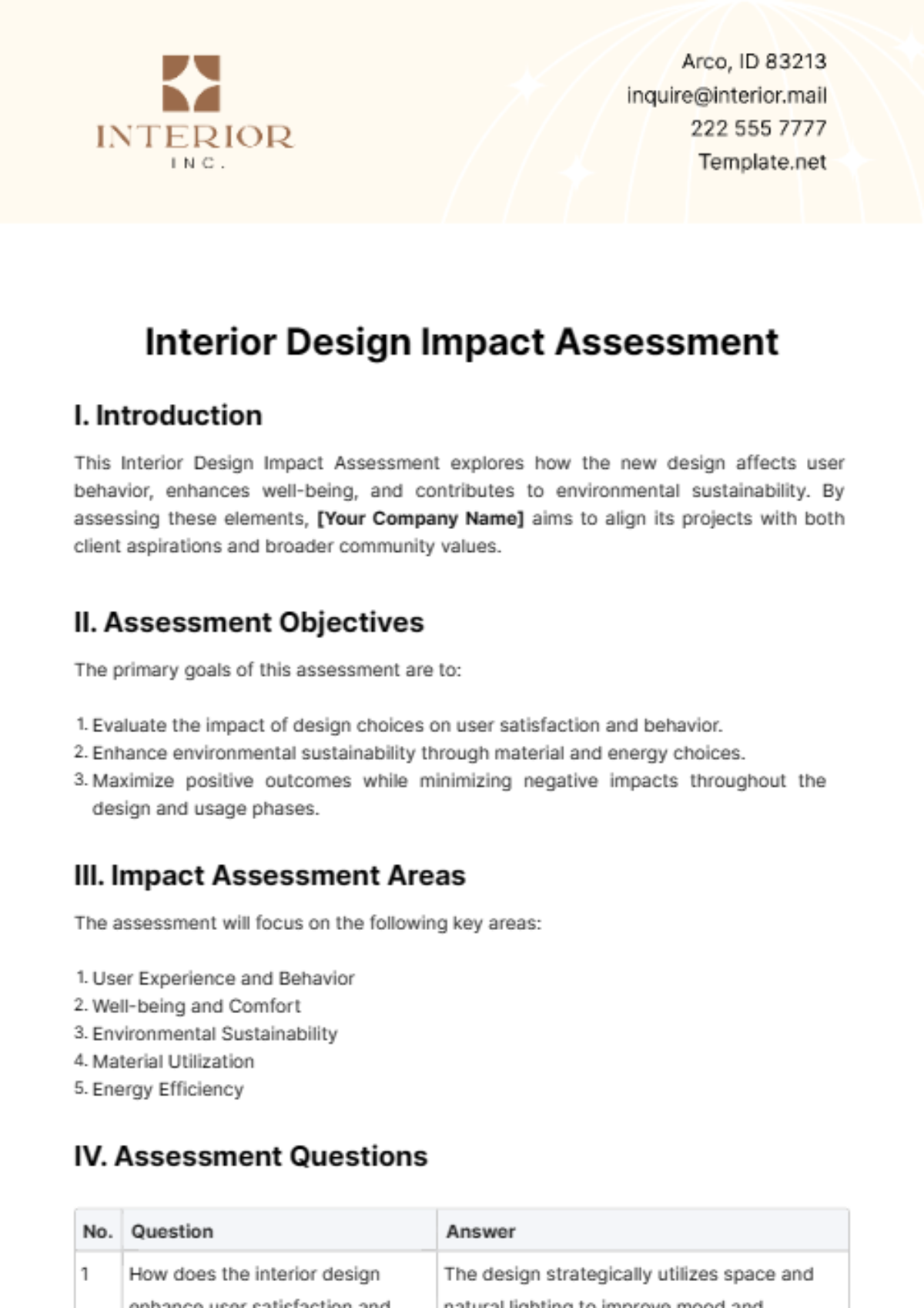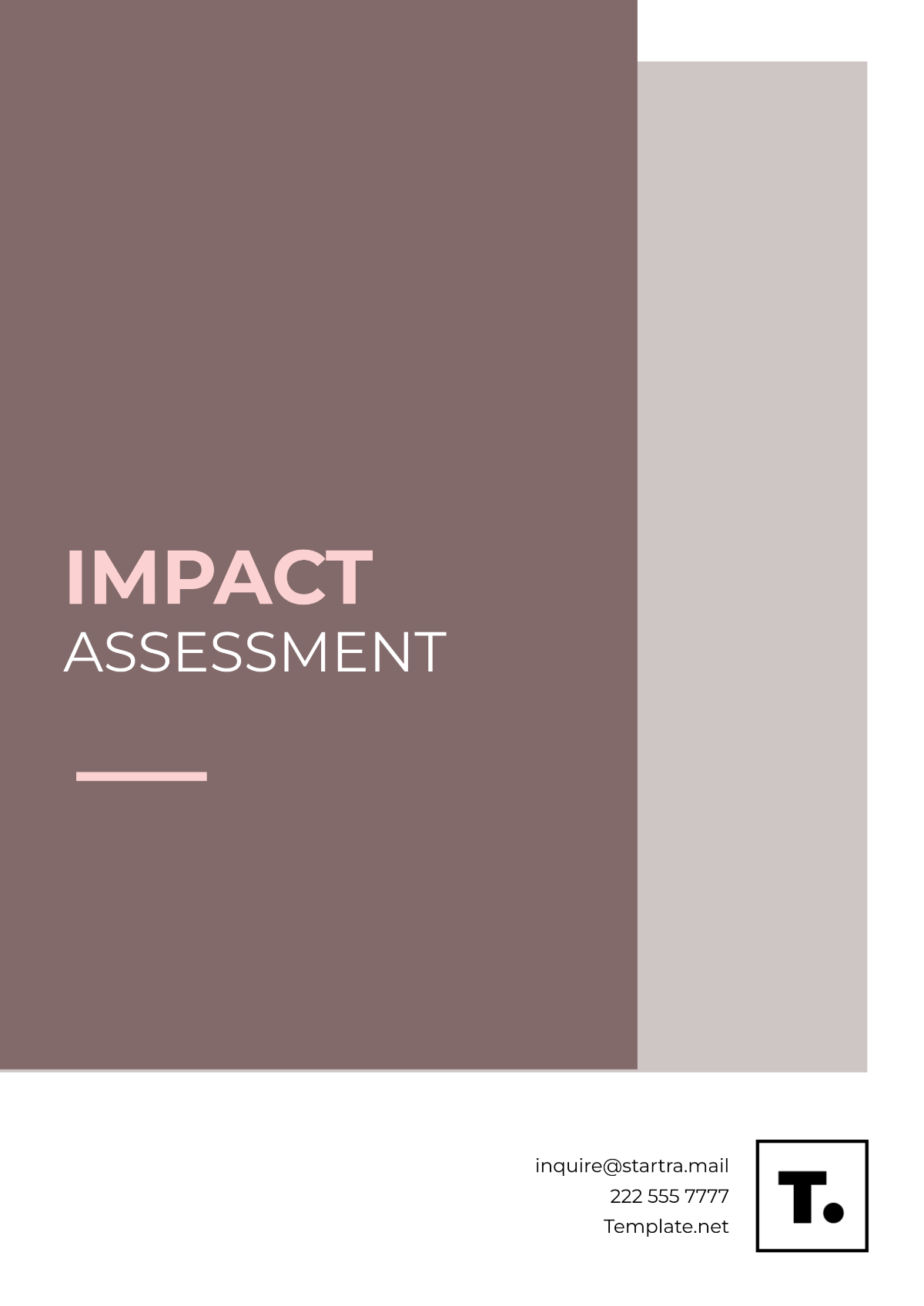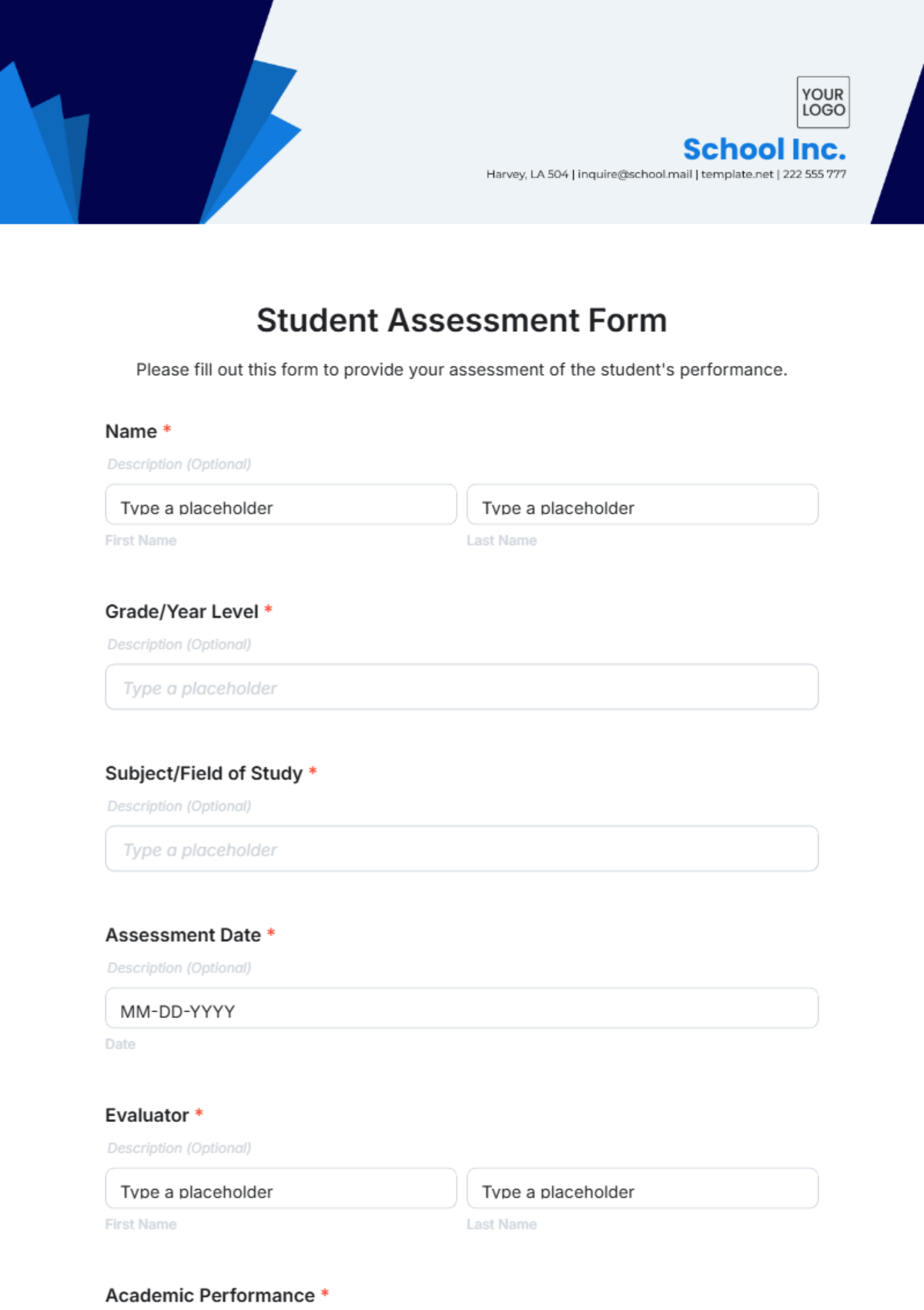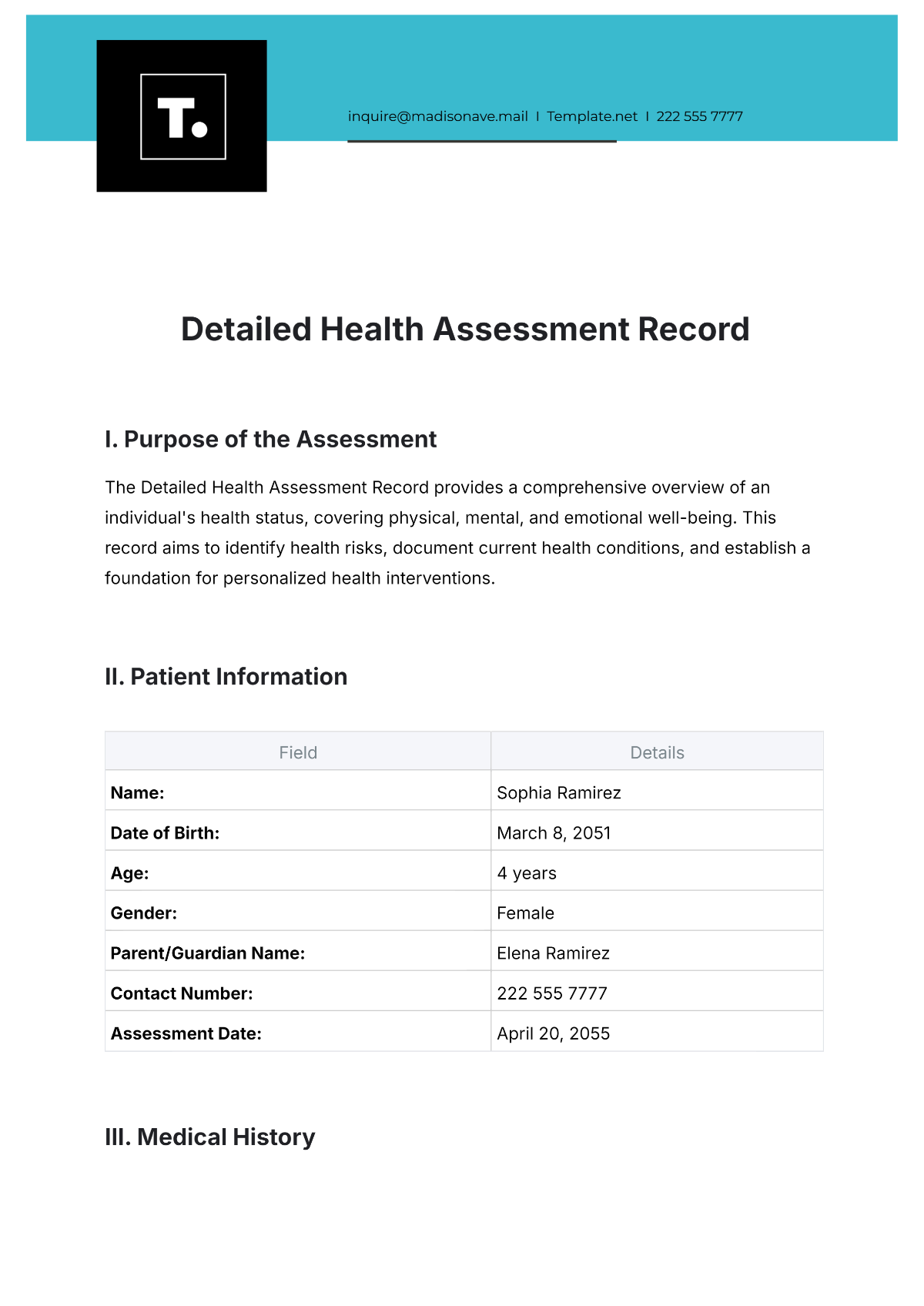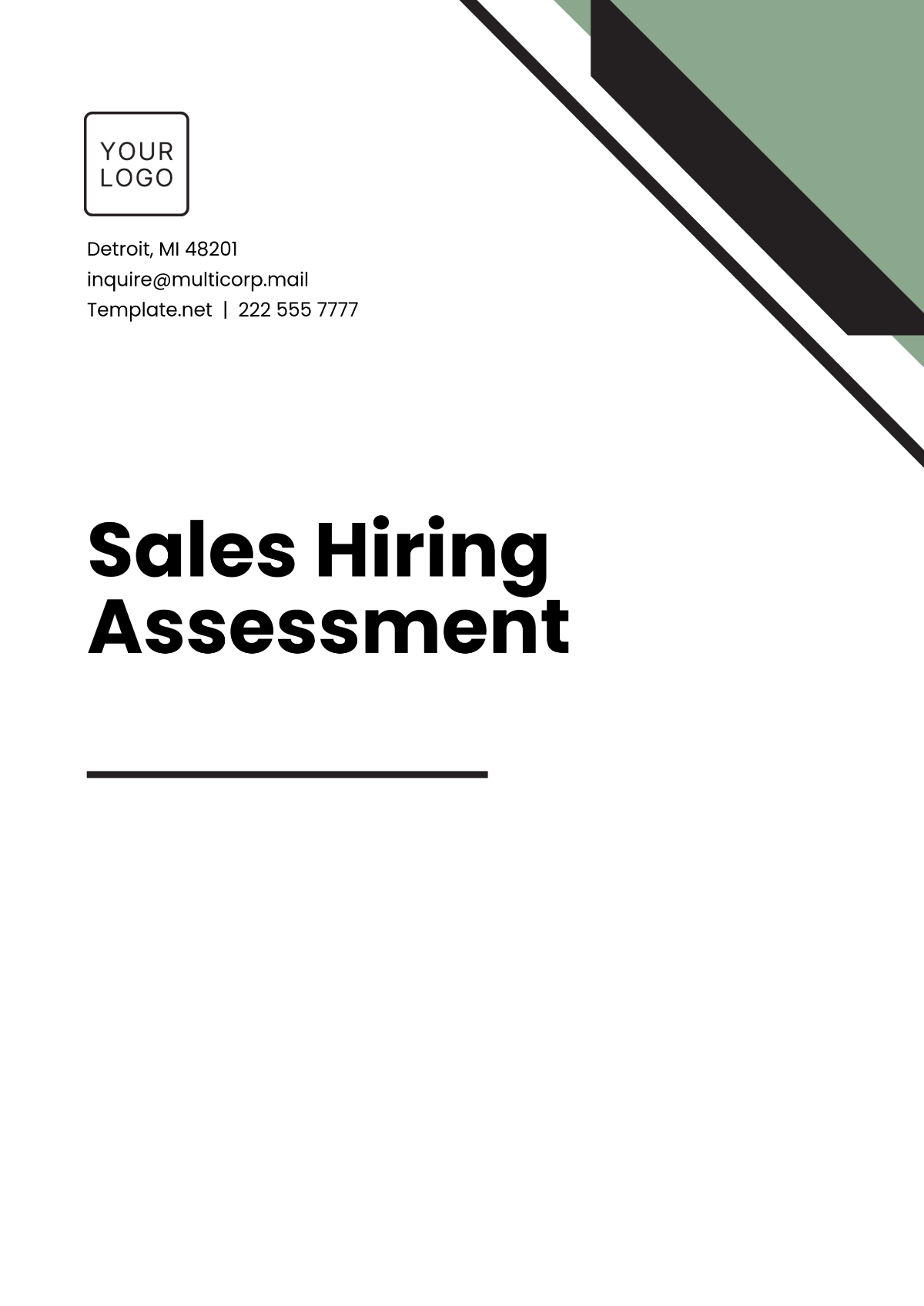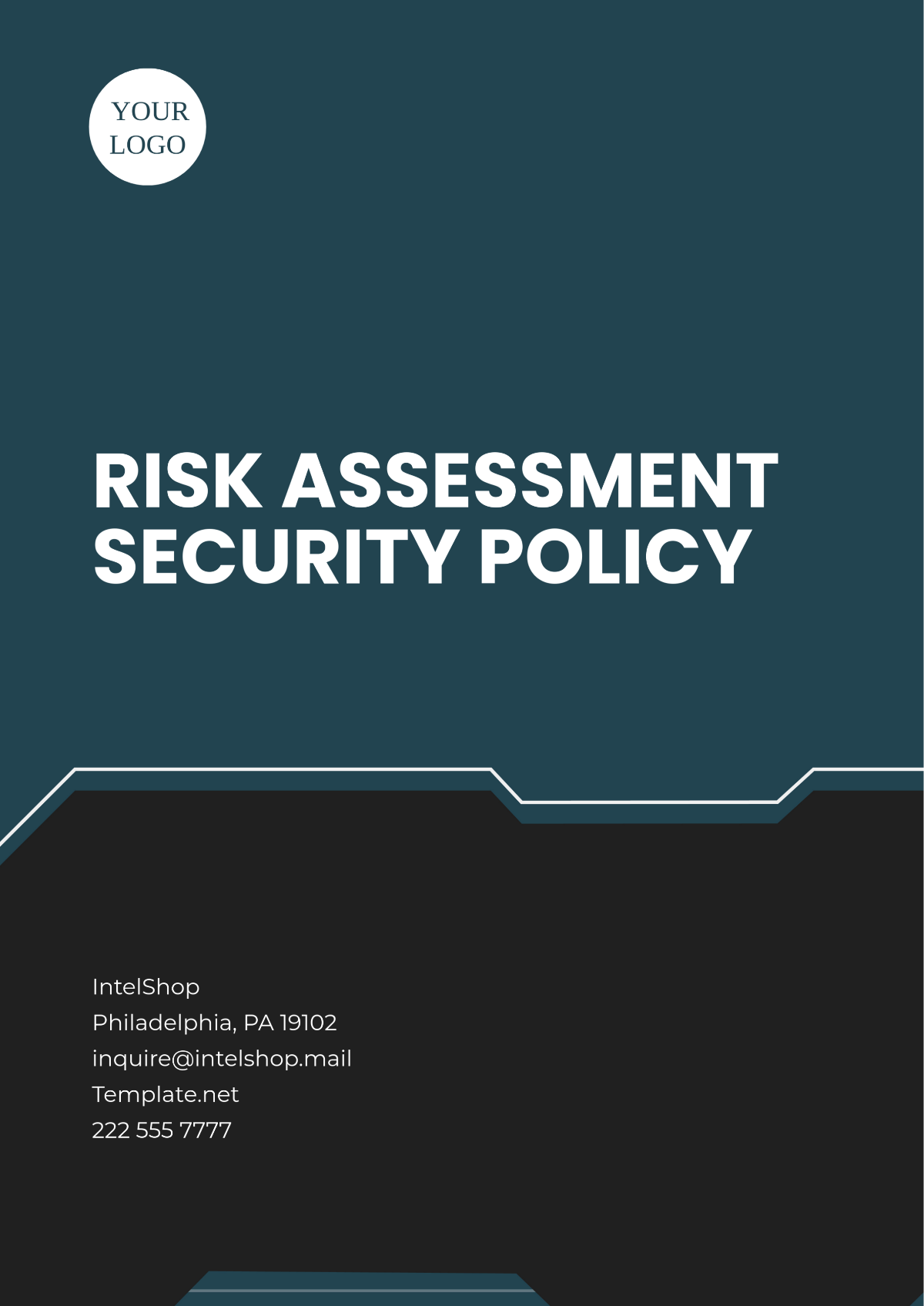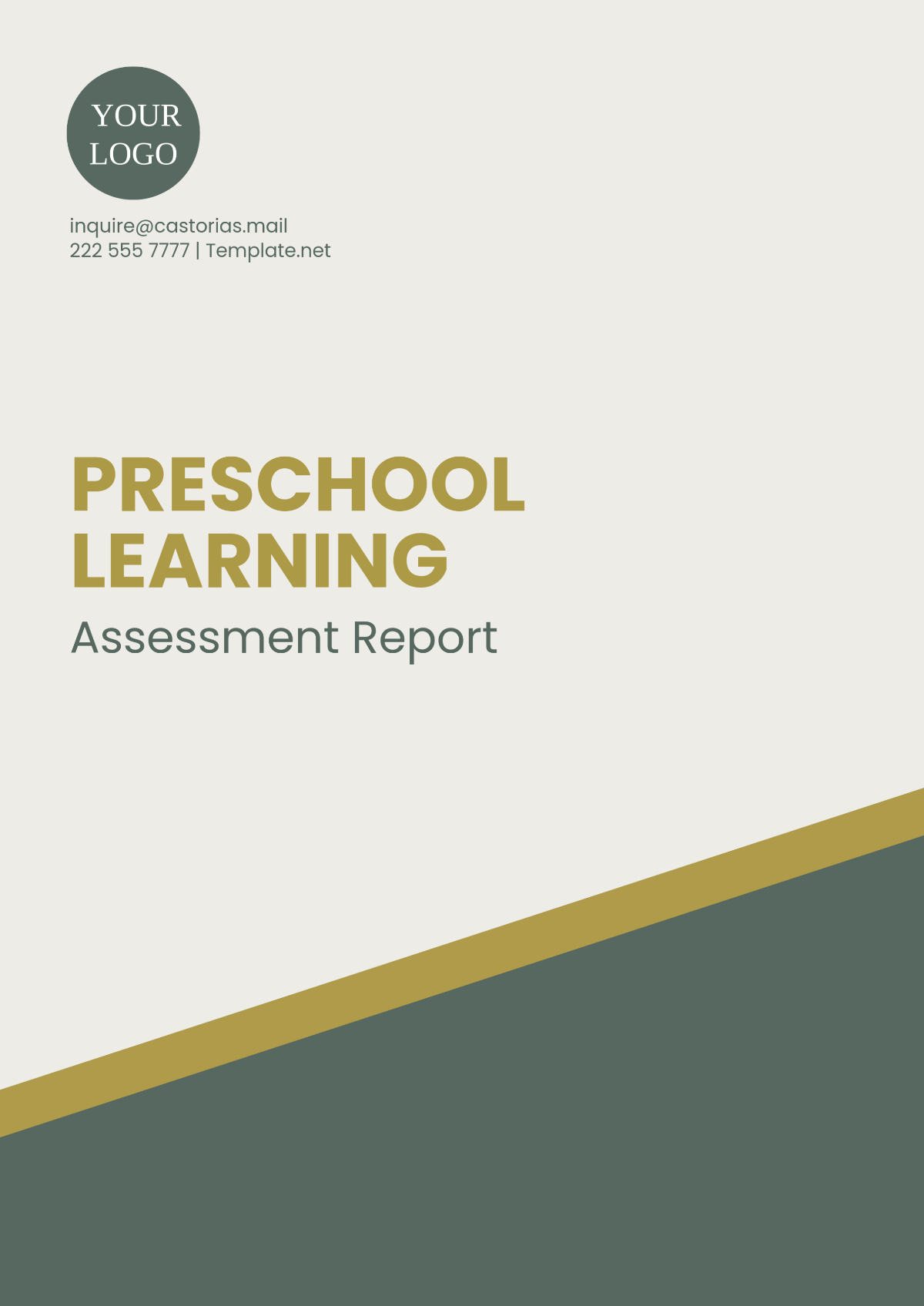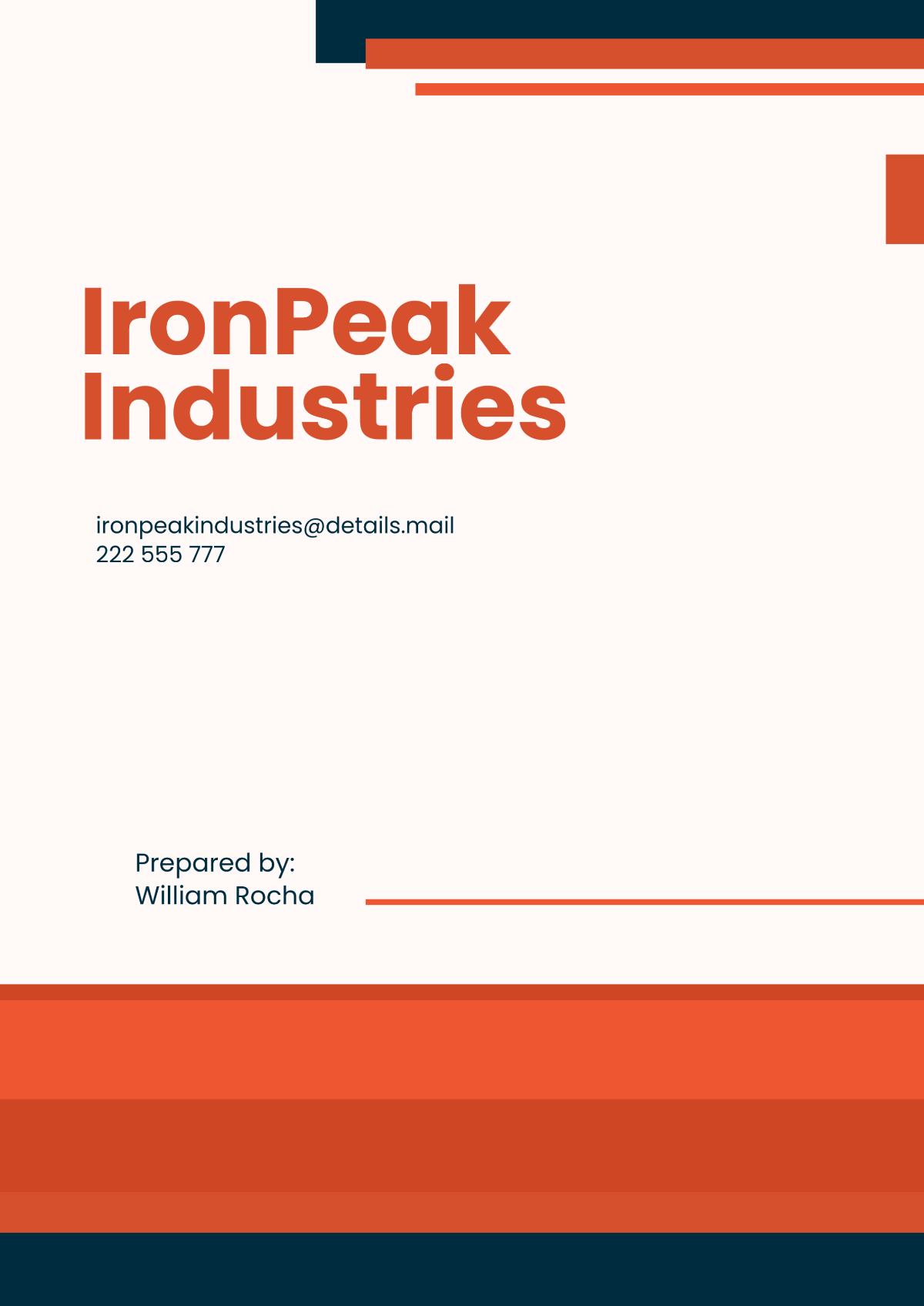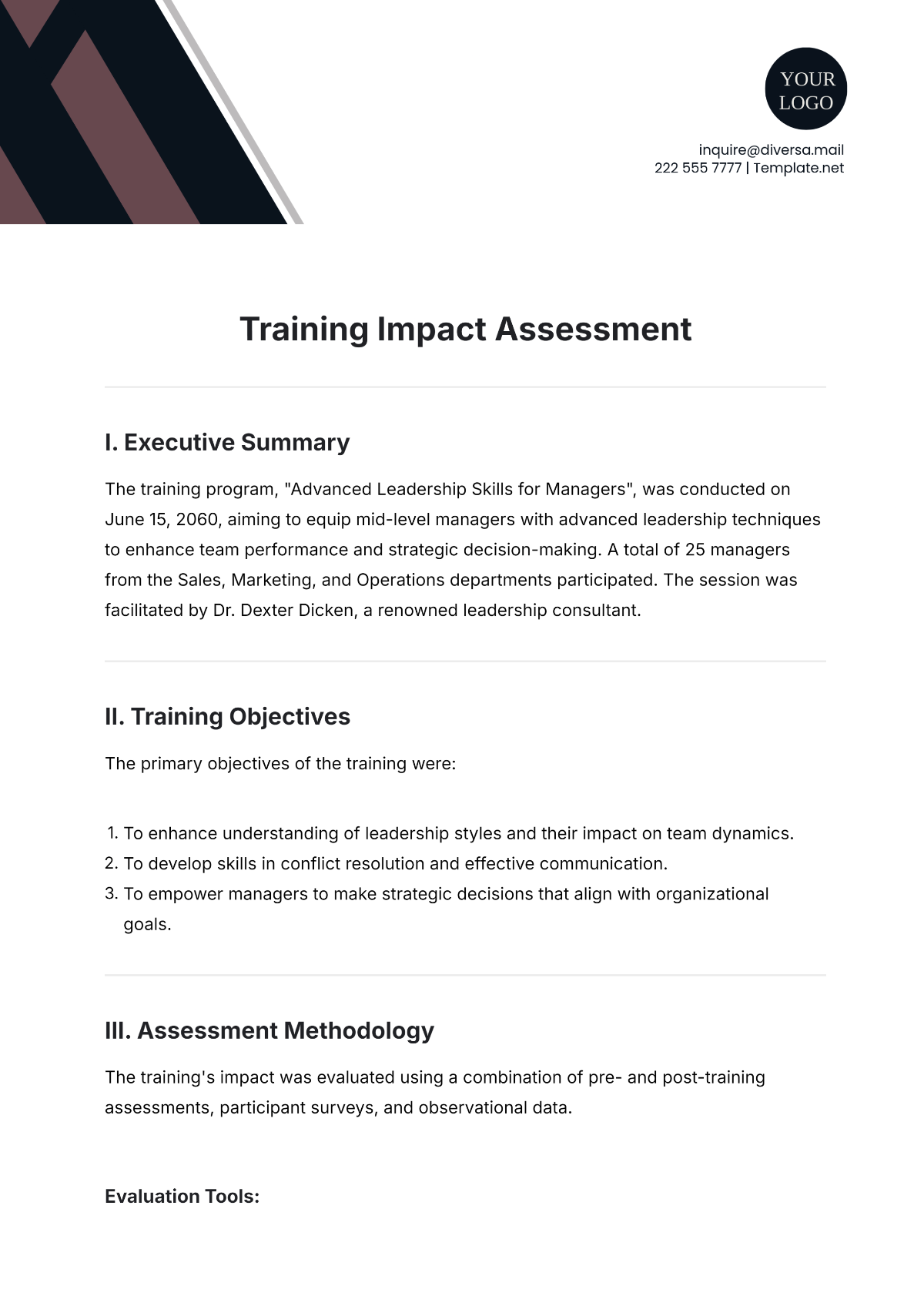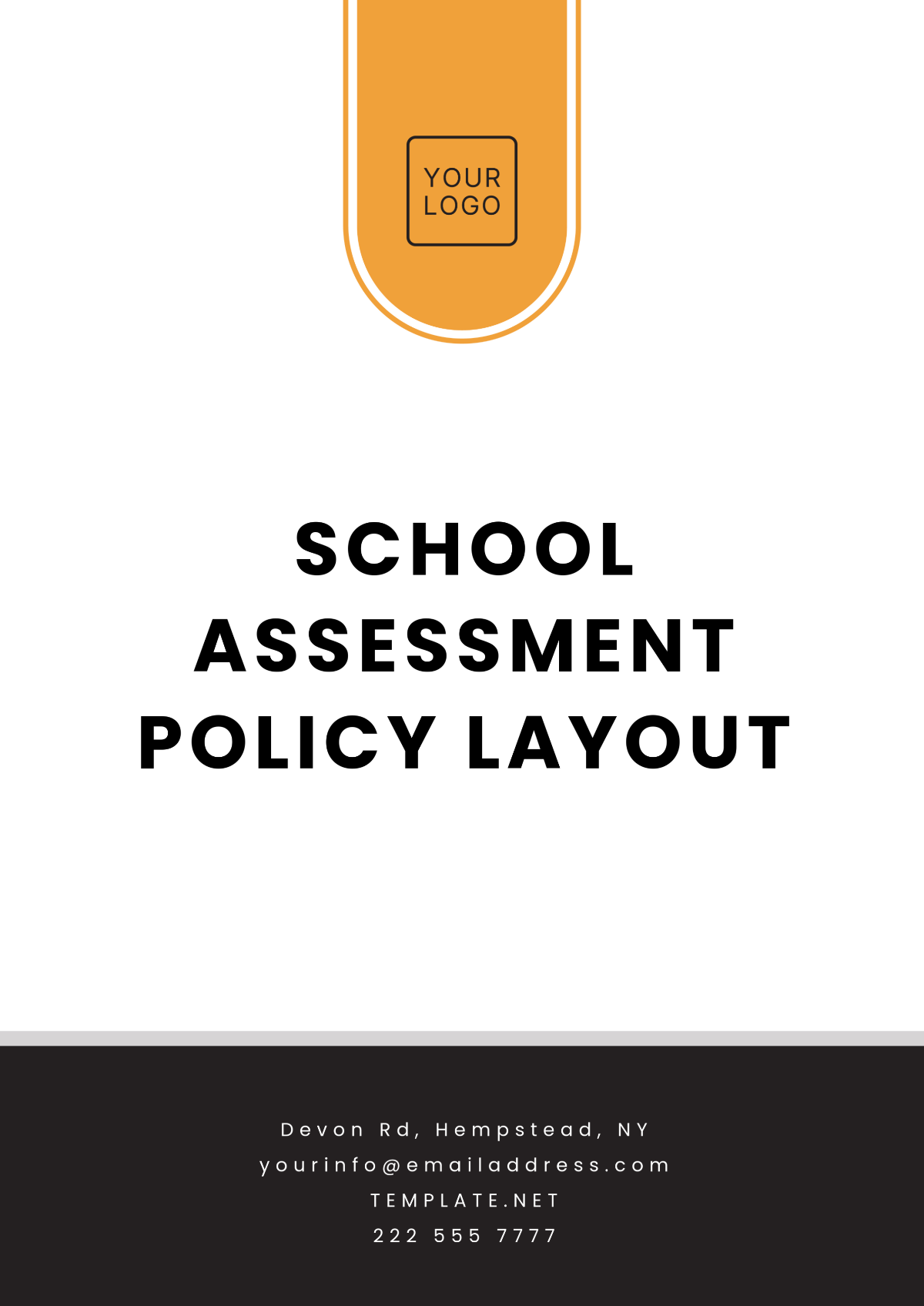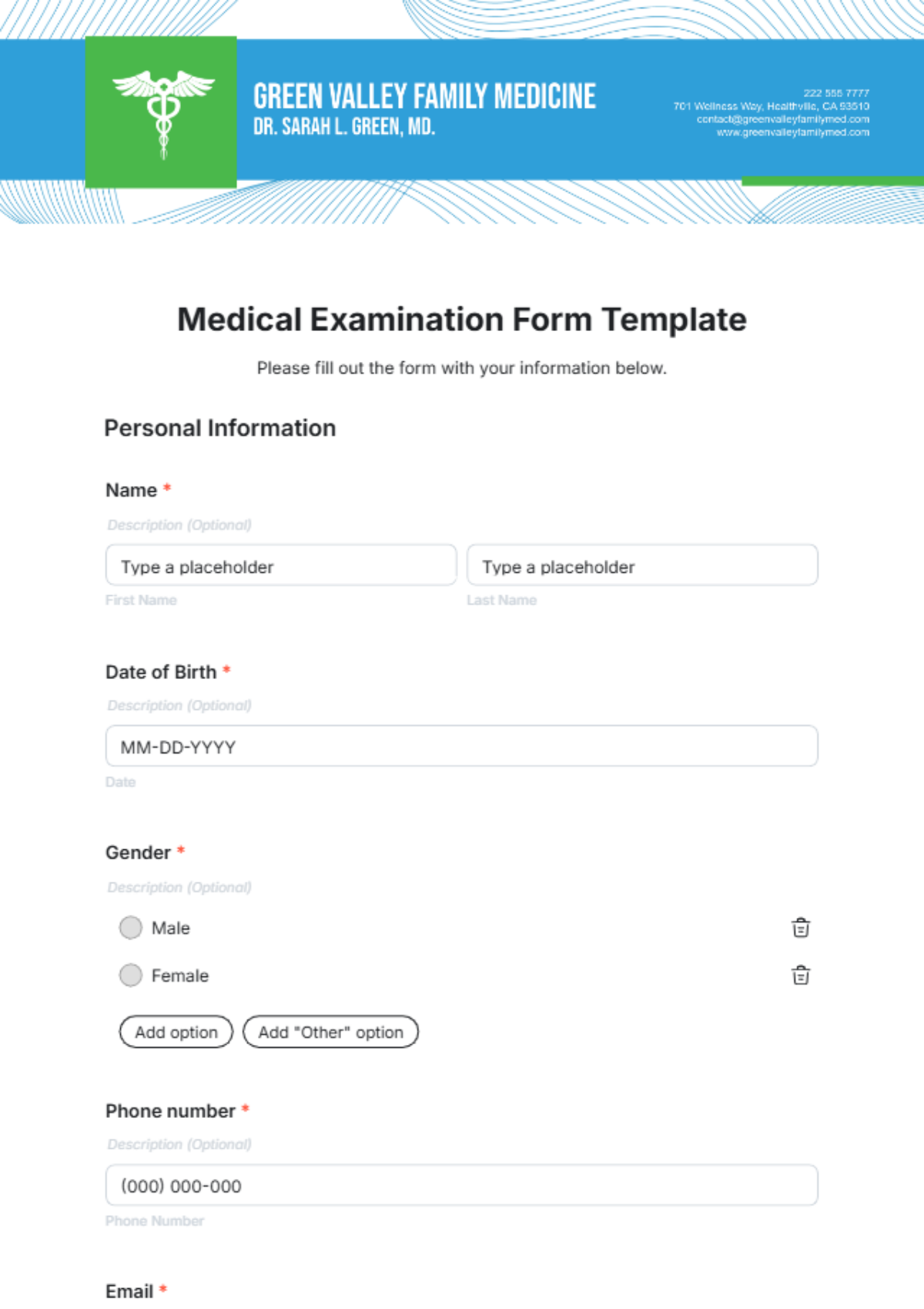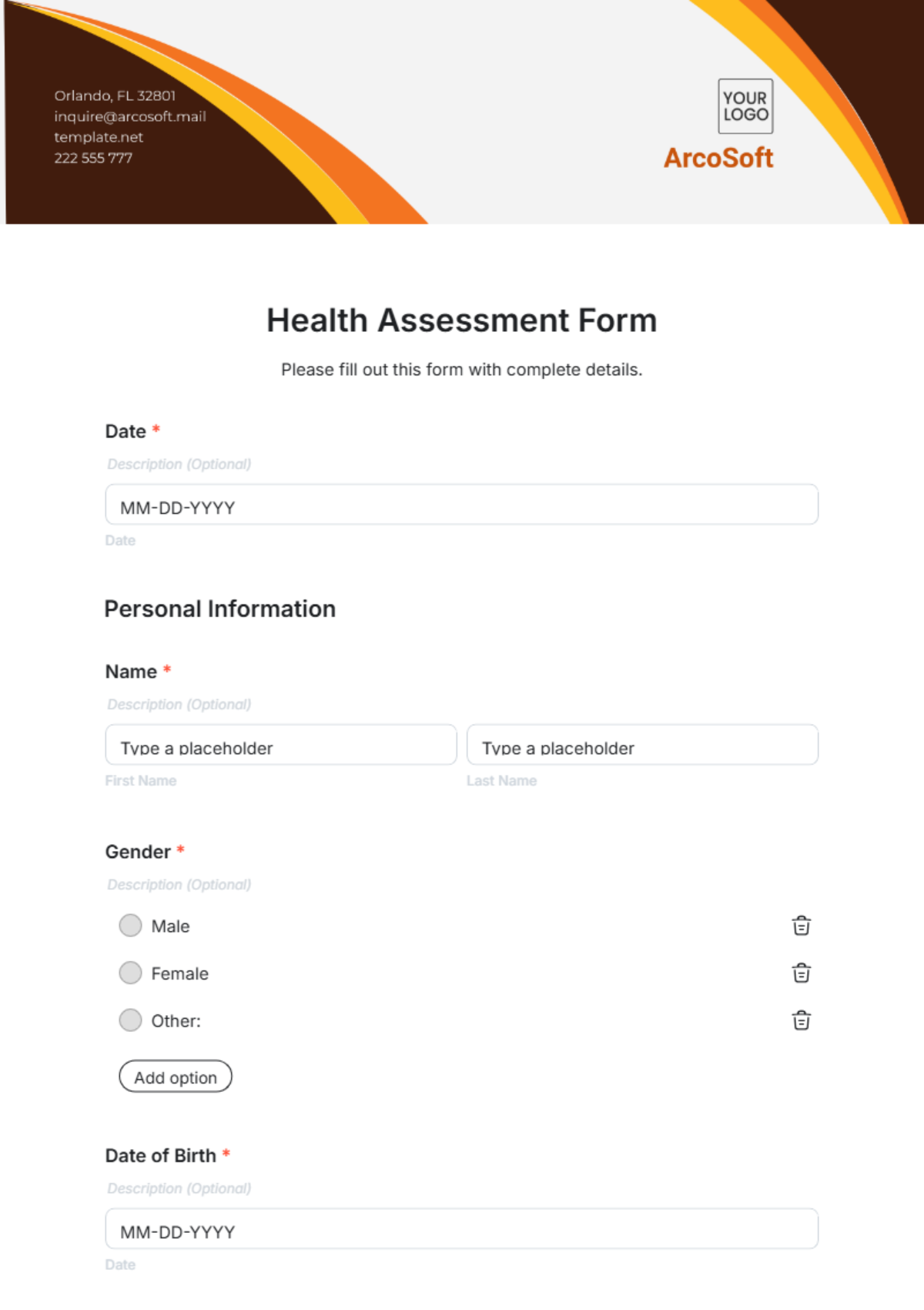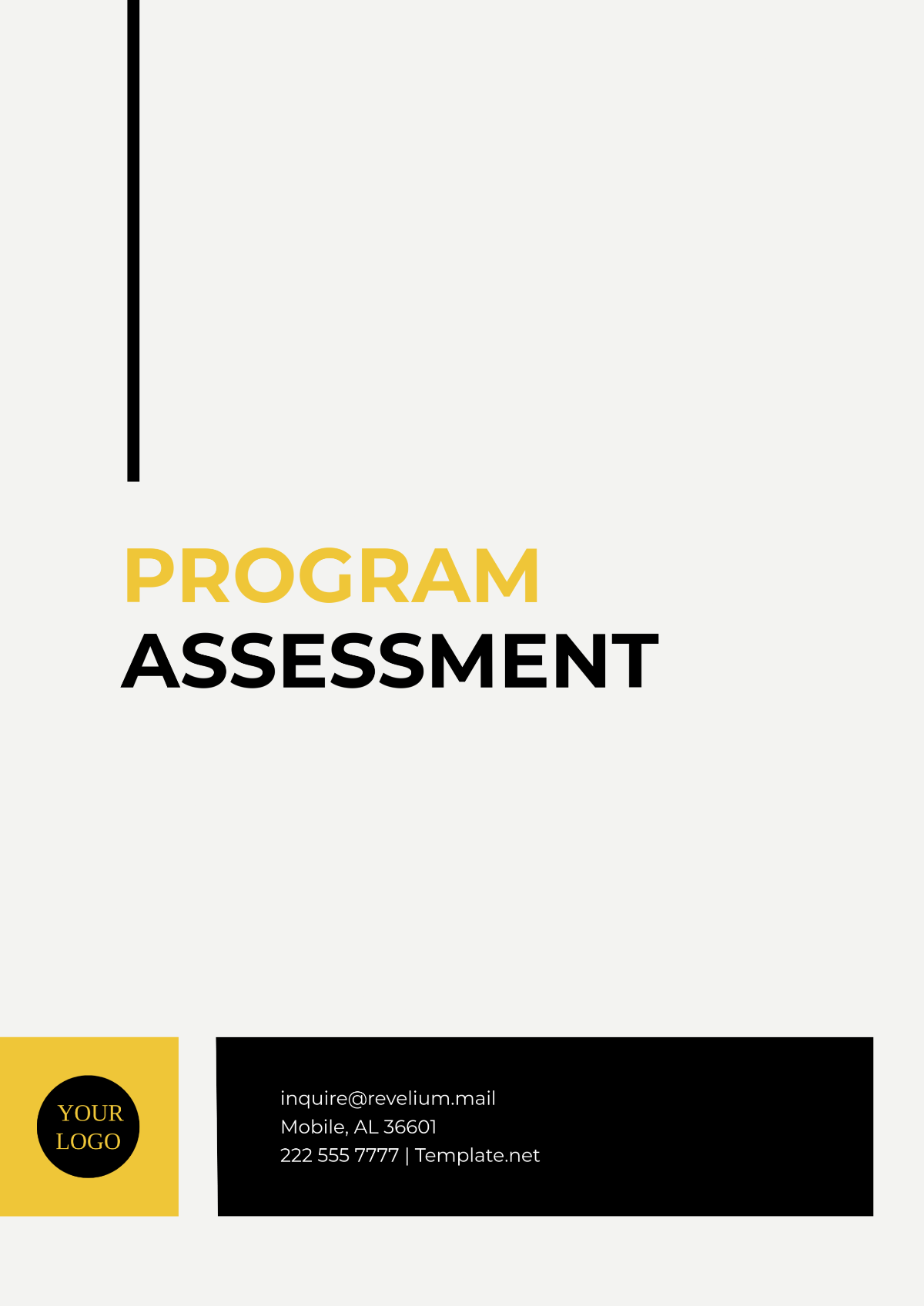Risk Assessment and Management Document
I. Introduction
The [Project Name] project stands as a testament to our commitment to infrastructure development, safety, and environmental stewardship. This project is poised to replace the aging and structurally compromised bridge that spans the majestic [Project Location], offering enhanced connectivity and resilience to the local community. The [Project Name] project is an ambitious undertaking that encompasses a comprehensive scope of work, including meticulous design, the strategic demolition of the existing bridge, and the artful construction of a new, structurally superior bridge. Our mission is to not only deliver a reliable and modern infrastructure but also to do so with a profound sense of responsibility towards the safety of our dedicated workforce and the preservation of the natural environment.
II. Risk Identification
A. Ecological Impact
Risk | Potential disturbance to local wildlife habitats during construction, leading to ecological imbalances. |
Likelihood | Moderate |
Impact | Moderate |
Risk | |
Likelihood | |
Impact |
Risk | |
Likelihood | |
Impact |
B. Soil Erosion And Water Quality
Risk | Soil erosion due to heavy rainfall or inadequate erosion control measures. |
Likelihood | High |
Impact | Moderate |
Risk | |
Likelihood | |
Impact |
C. Adverse Weather Conditions
Risk | Unforeseen weather events (e.g., hurricanes, floods) causing construction delays. |
Likelihood | Low |
Impact | High |
Risk | |
Likelihood | |
Impact |
Safety Risks
A. Worker Accidents And Injuries
Risk | Accidents during construction activities, including falls, equipment-related incidents, and construction material handling. |
Likelihood | Moderate |
Impact | High |
Risk | |
Likelihood | |
Impact |
B. Public Safety
Risk | Accidents or incidents involving the public due to construction site proximity. |
Likelihood | Moderate |
Impact | Moderate |
Risk | |
Likelihood | |
Impact |
Financial Risks
A. Cost Overruns
Risk | Unforeseen design changes or project scope adjustments leading to budgetary overruns. |
Likelihood | Moderate |
Impact | High |
Risk | |
Likelihood | |
Impact |
III. Risk Assessment
A Risk Assessment is a systematic and comprehensive process used to identify, evaluate, prioritize, and manage potential risks within an organization, project, or operation. It plays a pivotal role in decision-making and strategic planning by providing a structured framework for understanding and addressing uncertainties that could impact the achievement of objectives or the well-being of stakeholders. To enhance the concept of Risk Assessment, it can be further elaborated as follows:
Comprehensive Understanding: Risk Assessment involves a thorough examination of all conceivable risks, encompassing a wide range of factors such as financial, operational, technological, legal, environmental, and reputational risks. This comprehensive approach ensures that both known and unforeseen risks are considered.
Data-Driven Analysis: It relies on data, historical information, expert insights, and statistical models to quantitatively and qualitatively assess the likelihood and potential consequences of identified risks. Data-driven analysis provides a more accurate basis for decision-making.
Proactive Risk Identification: Rather than reacting to issues as they arise, Risk Assessment promotes proactive identification of potential risks, allowing organizations to implement preventive measures and develop contingency plans in advance.
Risk Prioritization: Not all risks are equally impactful. Risk Assessment prioritizes risks based on their significance, potential harm, and likelihood of occurrence. This prioritization guides resource allocation and mitigation efforts.
Risk Mitigation Strategies: It involves the development of strategies and action plans to mitigate, transfer, or accept risks. These strategies are designed to reduce the impact or likelihood of risks or to prepare for their consequences.
Resource Optimization: By identifying and focusing resources on the most critical risks, organizations can optimize their resource allocation and avoid wasting time and capital on less significant threats.
Continuous Monitoring: Risk Assessment is an ongoing process that requires regular monitoring and adaptation. It ensures that risks are continually assessed in light of changing circumstances and that mitigation strategies remain effective.
IV. Risk Mitigation Strategies
A. Worker Accidents And Injuries
Strategy 1: Implement Strict Safety Protocols And Regular Training | |
Description | Establish and rigorously enforce comprehensive safety protocols that encompass all aspects of the construction process. These protocols will be developed in alignment with industry best practices and local safety regulations. Regular safety training sessions will be conducted for all personnel to ensure a consistent understanding of safety procedures and practices. |
Responsibilities | The Safety Officer will oversee the development, implementation, and monitoring of safety protocols. Project supervisors will ensure their teams adhere to these protocols. |
Key Performance Indicators (KPIs) |
|
Strategy 2: | |
Description | |
Responsibilities | |
KPIs | |
Strategy 3: | |
Description | |
Responsibilities | |
KPIs | |
B. Cost Overruns Due To Unexpected Design Changes
Strategy 1: Establish A Contingency Fund For Unexpected Costs | |
Description | A contingency fund will be set up to cover unexpected expenses that may arise due to design changes or unforeseen circumstances. This fund will be managed by the Financial Analyst, and its allocation will be based on the assessed risk and potential impact of the change. |
Responsibilities | The Financial Analyst will oversee the contingency fund, and the Project Manager will approve its utilization. |
KPIs |
|
Strategy 2: | |
Description | |
Responsibilities | |
KPIs | |
Strategy 3: | |
Description | |
Responsibilities | |
KPIs | |
V. Monitoring And Control
A. Risk Register And Tracking
A detailed risk register will be maintained, listing all identified risks along with their assigned risk scores, current status, and any relevant updates. This register will serve as a central repository for risk-related information.
B. Key Performance Indicators (KPIs)
Key performance indicators will be established to closely monitor project progress and detect any deviations from the planned schedule, budget, or safety standards. KPIs related to risk will include safety incident rates, financial expenditure compared to budget, and environmental compliance metrics.
C. Trigger Mechanisms
Trigger mechanisms will be established for high-priority risks, defining specific conditions or thresholds that, when met, will activate predefined contingency plans. These mechanisms ensure a swift and effective response when critical risks materialize.
D. Real-Time Reporting
An integrated project management system will be employed to provide real-time reporting on project status and risk-related developments. This system will facilitate immediate notification of any unexpected events or deviations from the project plan.
VI. Conclusion
This document for the [Project Name] project embodies our commitment to safety, efficiency, and the successful execution of our project goals. By proactively identifying, assessing, and prioritizing risks, we have fortified our project with a robust risk mitigation strategy that will guide us through the project's lifecycle. Our dedication to a transparent and collaborative approach, along with our vigilance in monitoring and controlling risks, is the cornerstone of our risk management philosophy.
We are resolute in our determination to not only identify potential hazards but to actively mitigate them, ensuring the safety of our workers, the protection of the environment, and the prudent use of financial resources. Our commitment to continuous improvement ensures that we will not only meet but exceed our risk management objectives. Lessons learned from this endeavor will serve as valuable insights for future projects, further strengthening our organization's risk management capabilities.


